Lisbon with a Little One: Our First Family Trip Abroad
by Monika Suchoszek
As my maternity leave was coming to an end, my partner and I were in dire need of a getaway from grey and rainy weather in Belgium. We set our sights on finding a destination that would offer warmth without being scorching hot, a short flight duration, excellent airport connections, and a perfect blend of natural beauty and cultural attractions. Lisbon, here we come!
During our first walk through the city, we followed the main shopping street until we reached the Rua Augusta Arch, a stone memorial arch-like historical building that leads to an open waterfront square. This square, known as Praca do Comercio, is one of the largest squares in Europe and features a statue of King José I. In the neighborhood, there is also the famous Elevador de Santa Justa, which feels like an unnecessary invention since the street leading to the top of the hill is only a couple of hundred meters away, and there are many other places where an elevator would be much more useful. Unfortunately, the viewpoint of the Santa Justa lift was closed, so we immediately went to check out the Archaeological Museum, which is located on top of this hill and has a charming square in front of it.
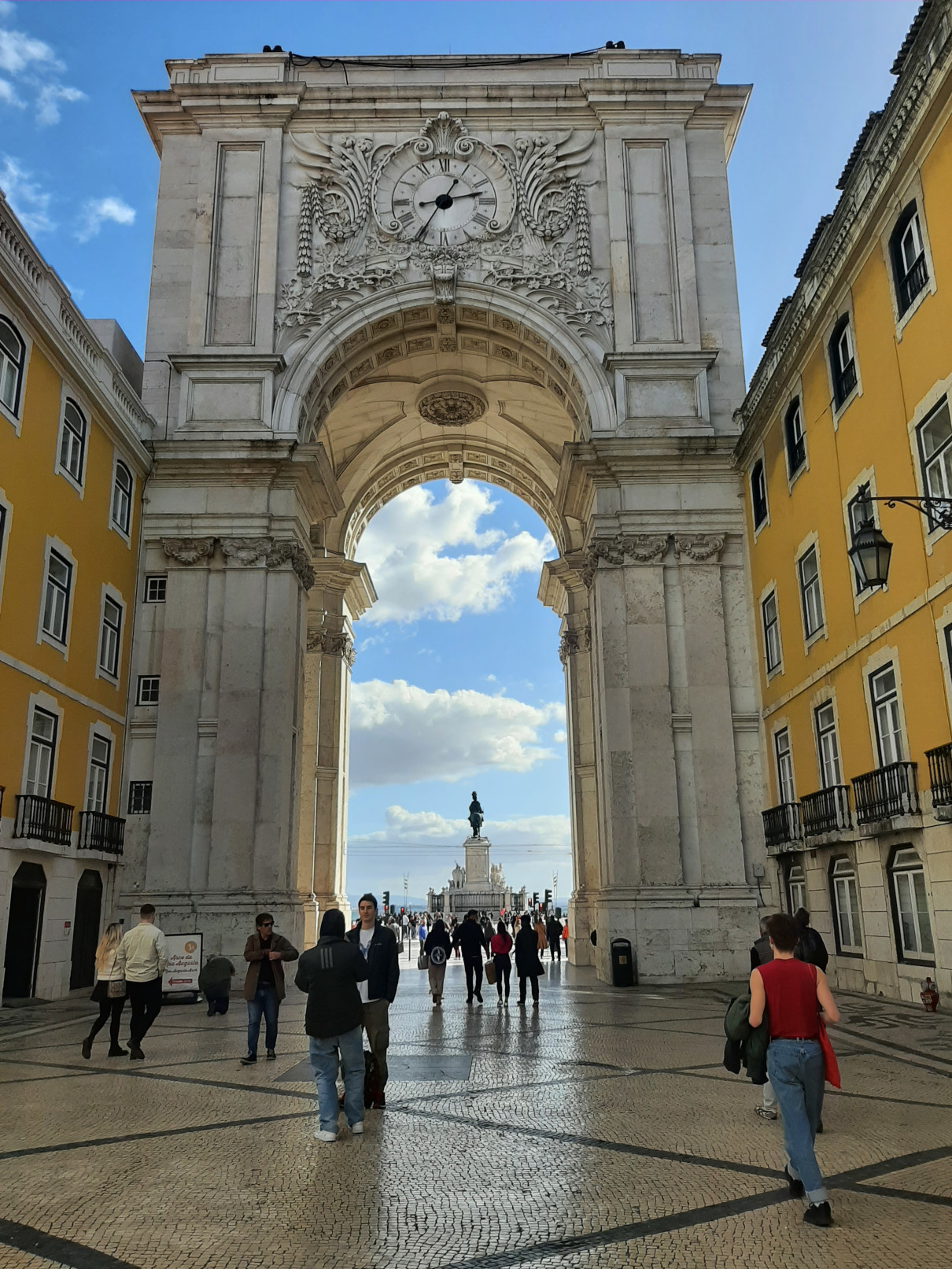
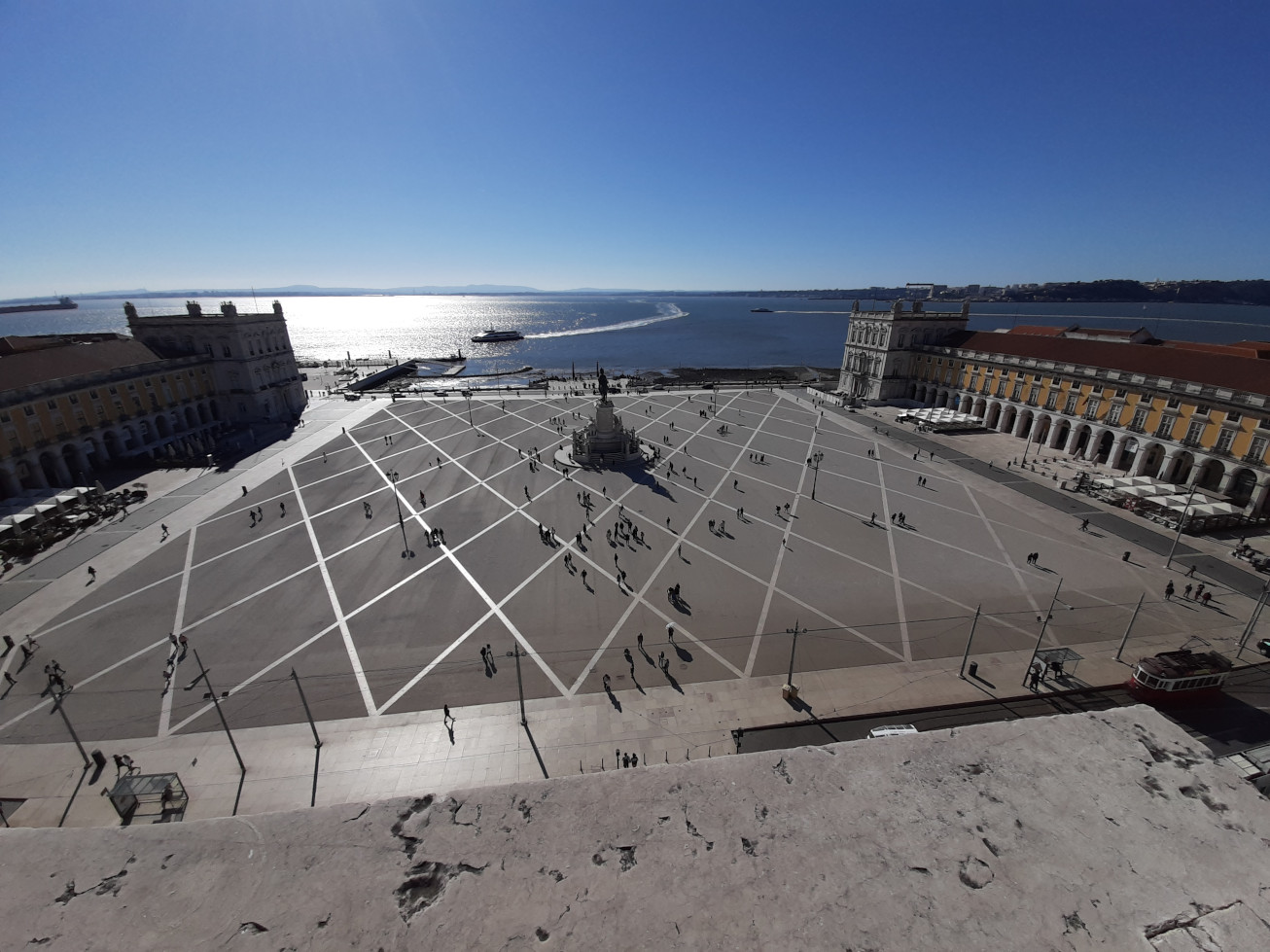
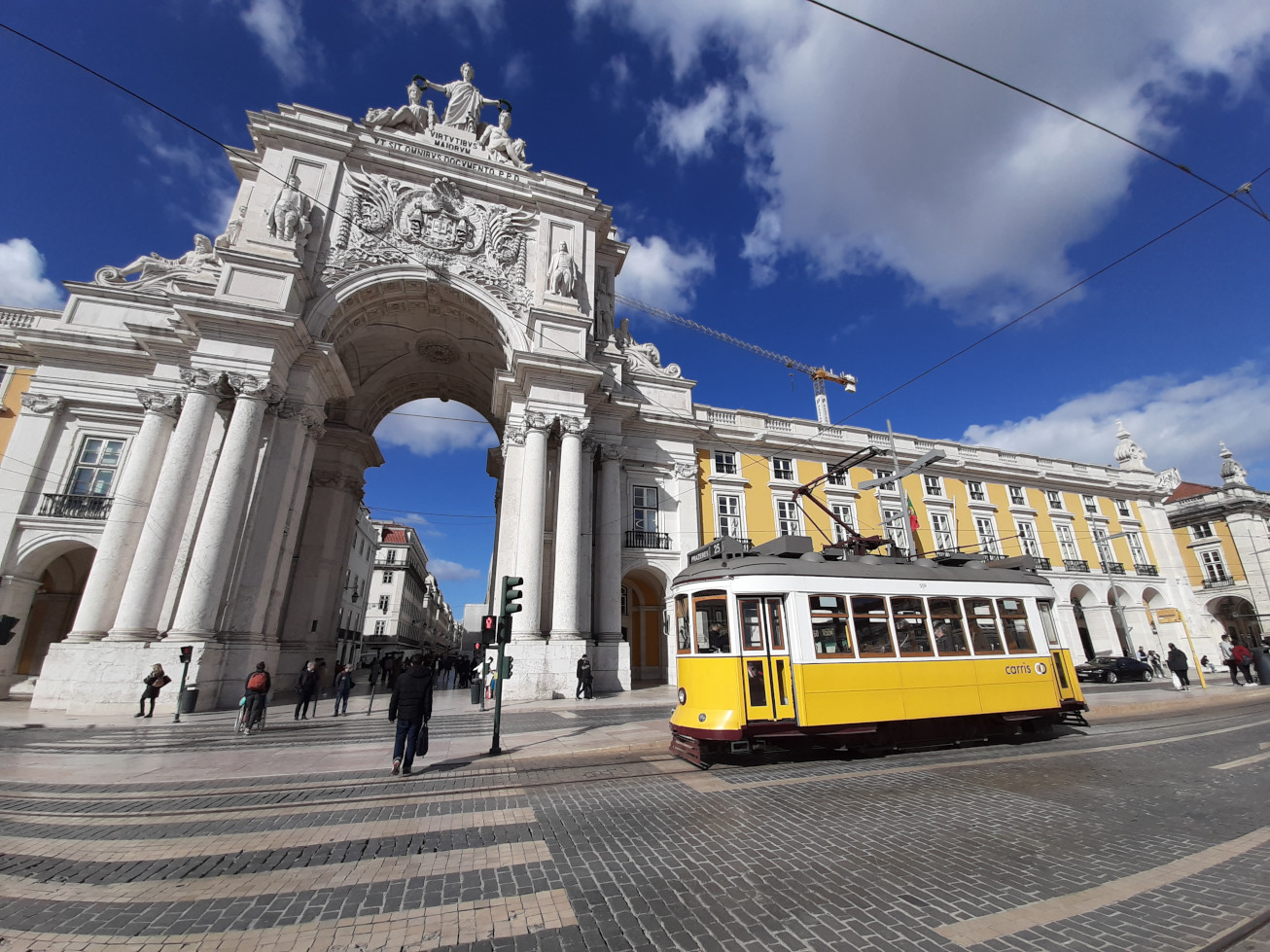
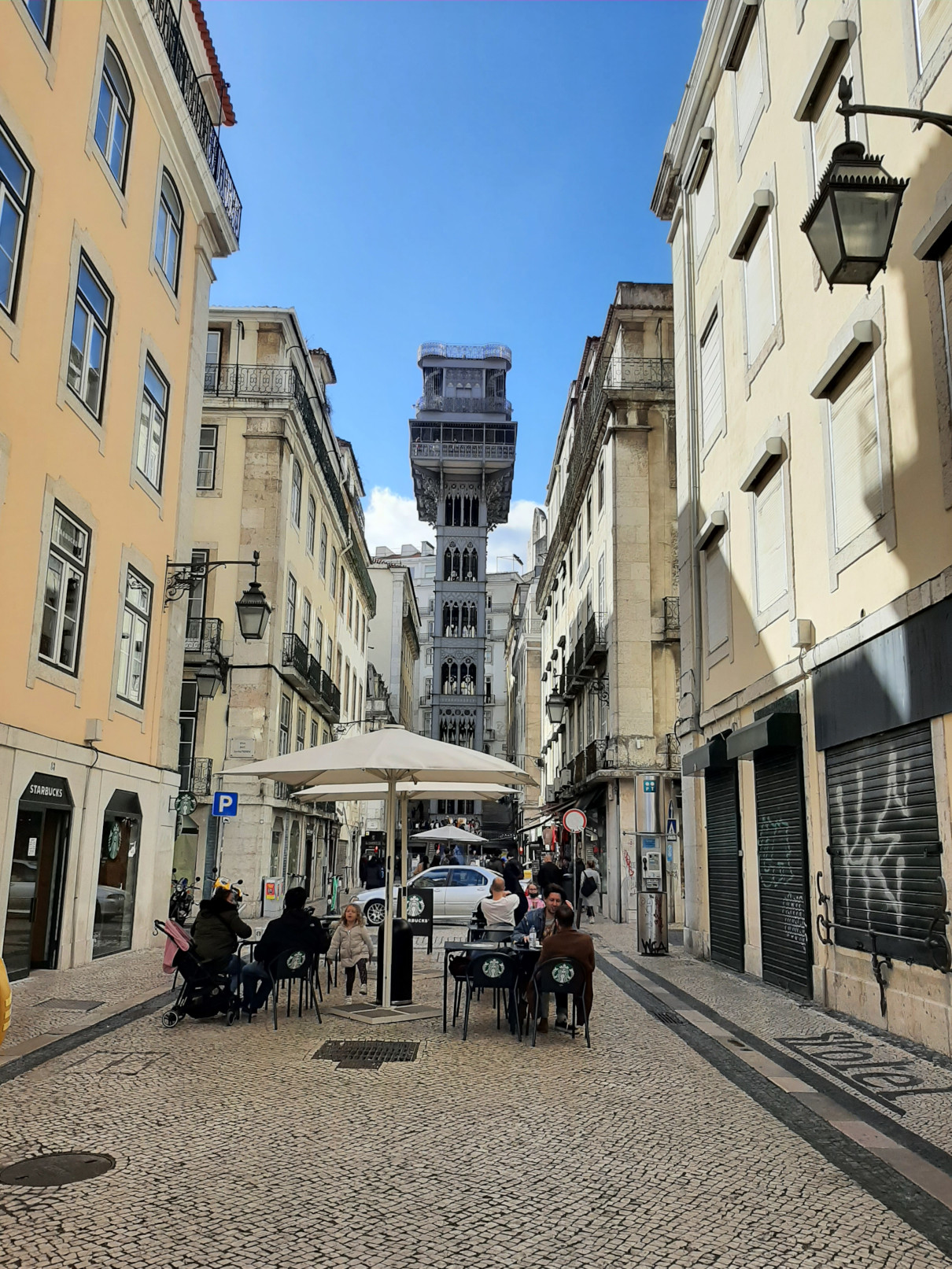
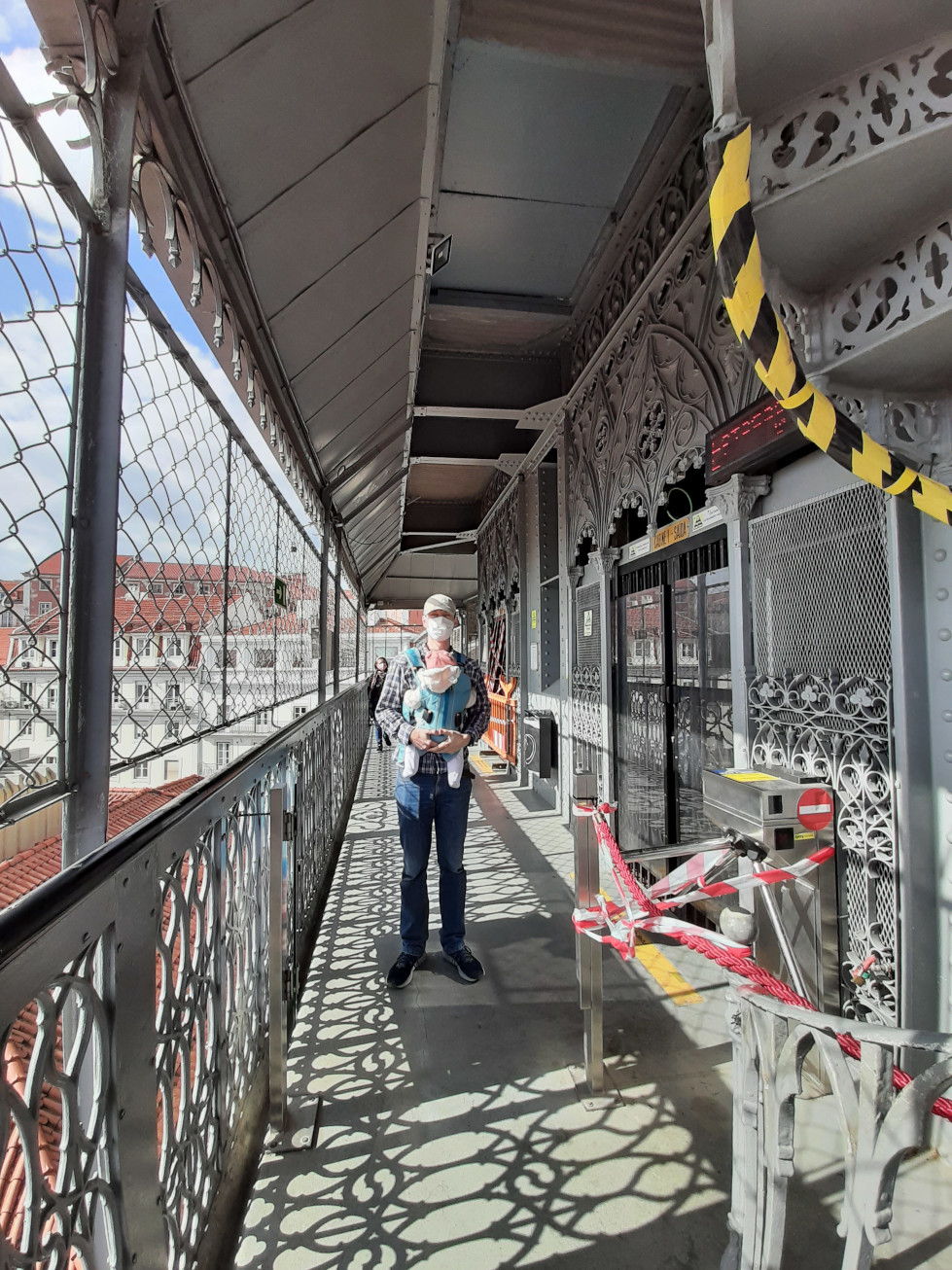
The Carmo Ruins and Archaeological Museum are definitely worth checking out! It’s now the ruins of the old Church of the Convent of Santa Maria do Carmo, which was destroyed during the 1755 Lisbon Earthquake, leaving it without a roof. Reconstruction works started but were quickly abandoned, leaving the impressive naves uncovered and the chapels incomplete. The skeletal remains of the huge church serve as a testament to the destruction caused by the earthquake. Inside, there are five rooms with exhibitions featuring pieces from various periods and cultures, such as a Peruvian mummy and a sarcophagus from the 4th century. Some walls are decorated with large and beautiful azulejos tiles. The outside area is beautiful and perfect for capturing interesting pictures. The entry fee is €5 per adult.
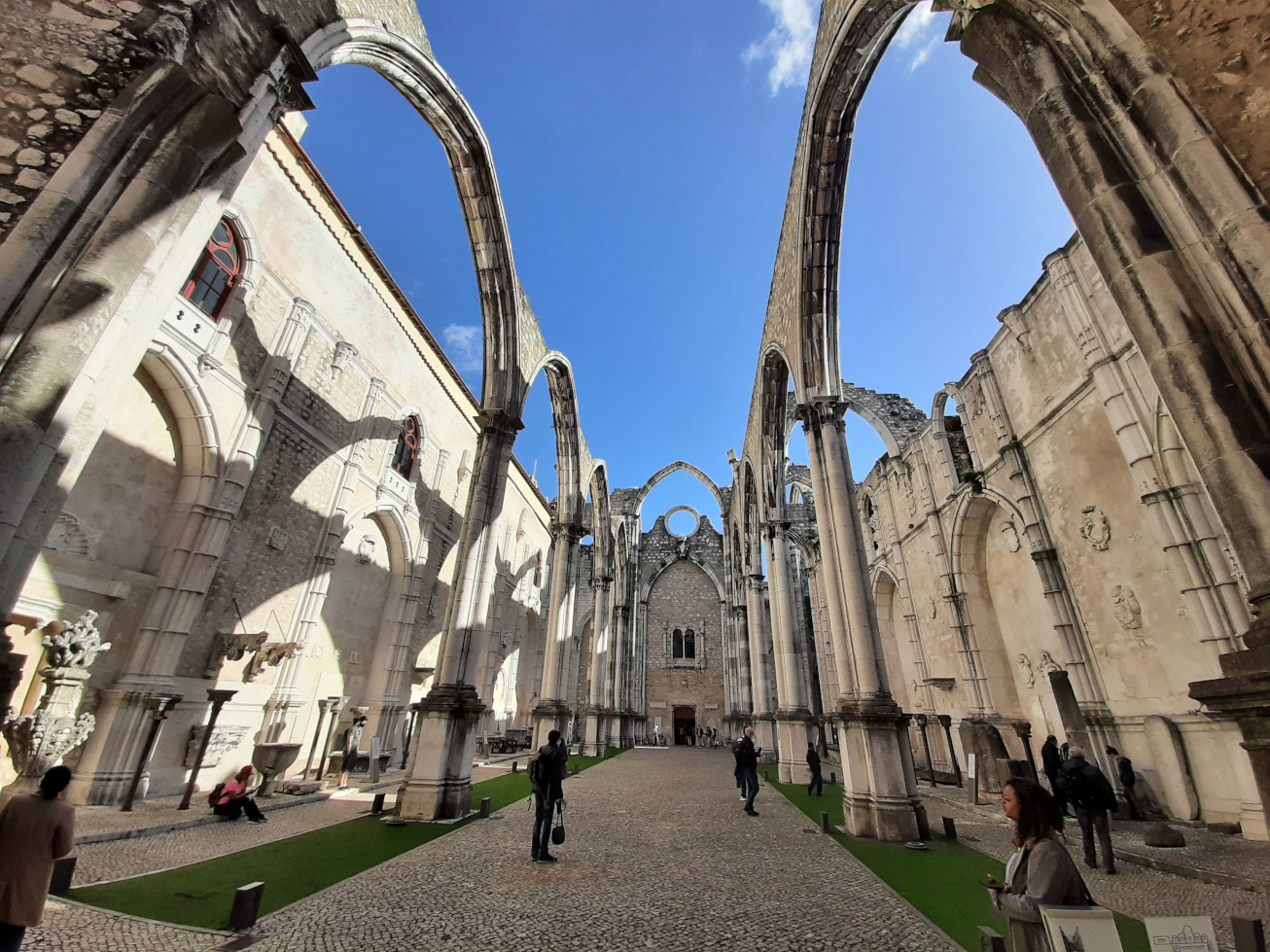
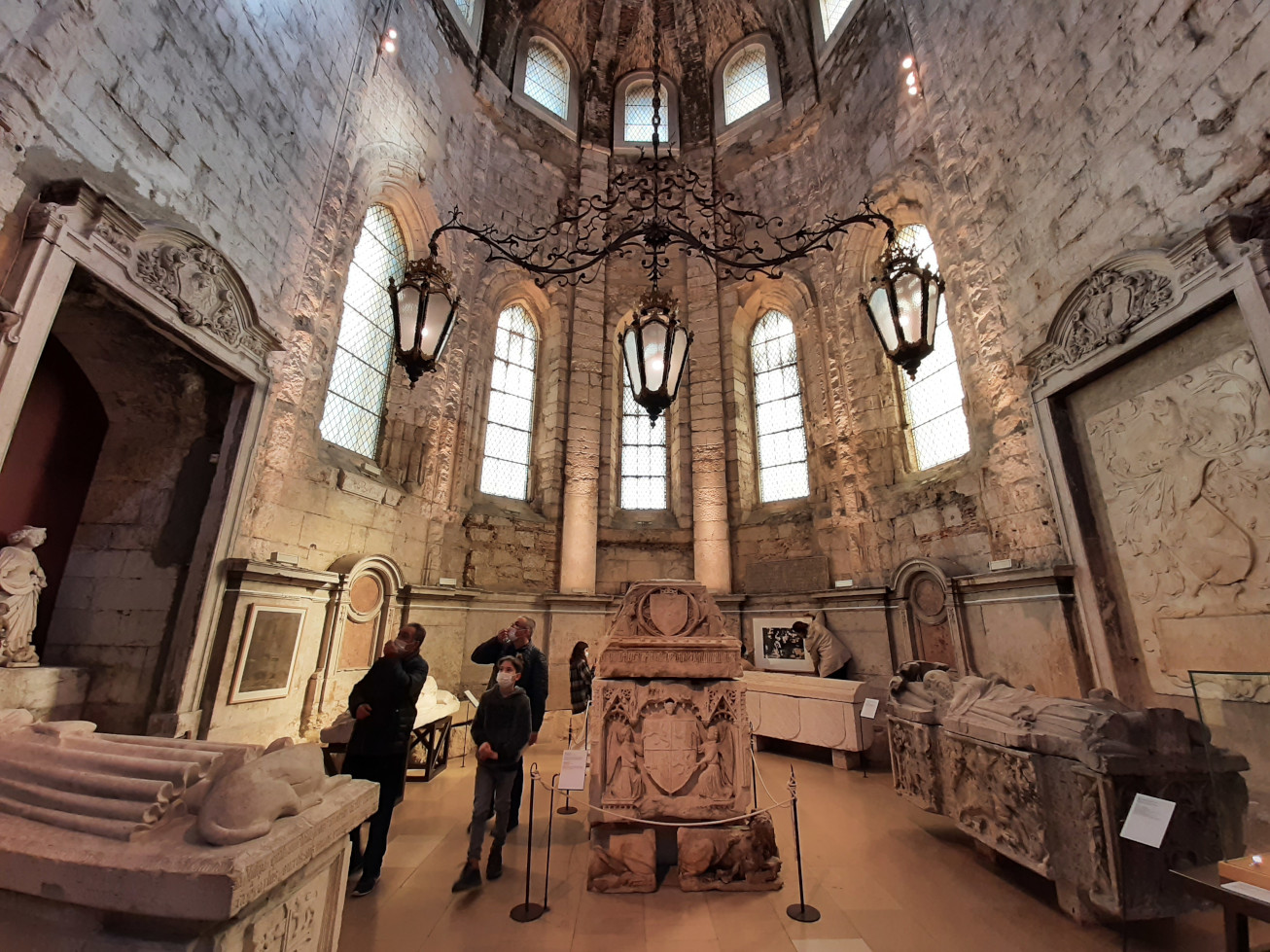
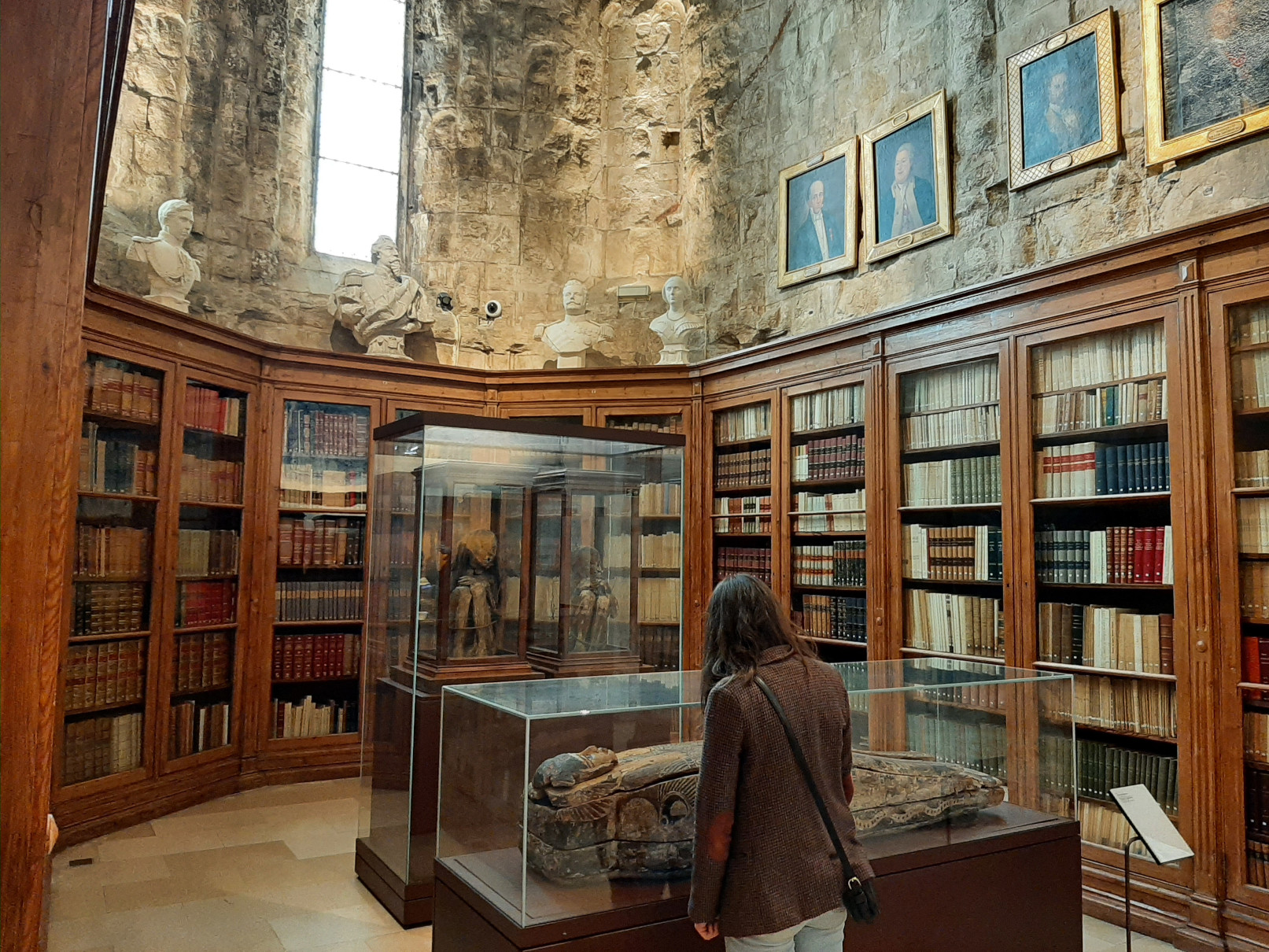
Lisbon has so many hills and steep stairs! However, this means that everyone will have a chance to find their favorite viewpoint as there are plenty to choose from. Jardim da Cerca da Graça, with a small park around it, was only a 5-minute walk from our apartment. It was a steep uphill walk, but the nearby area was filled with restaurants, small bakeries, and shops offering fresh fruits and vegetables.
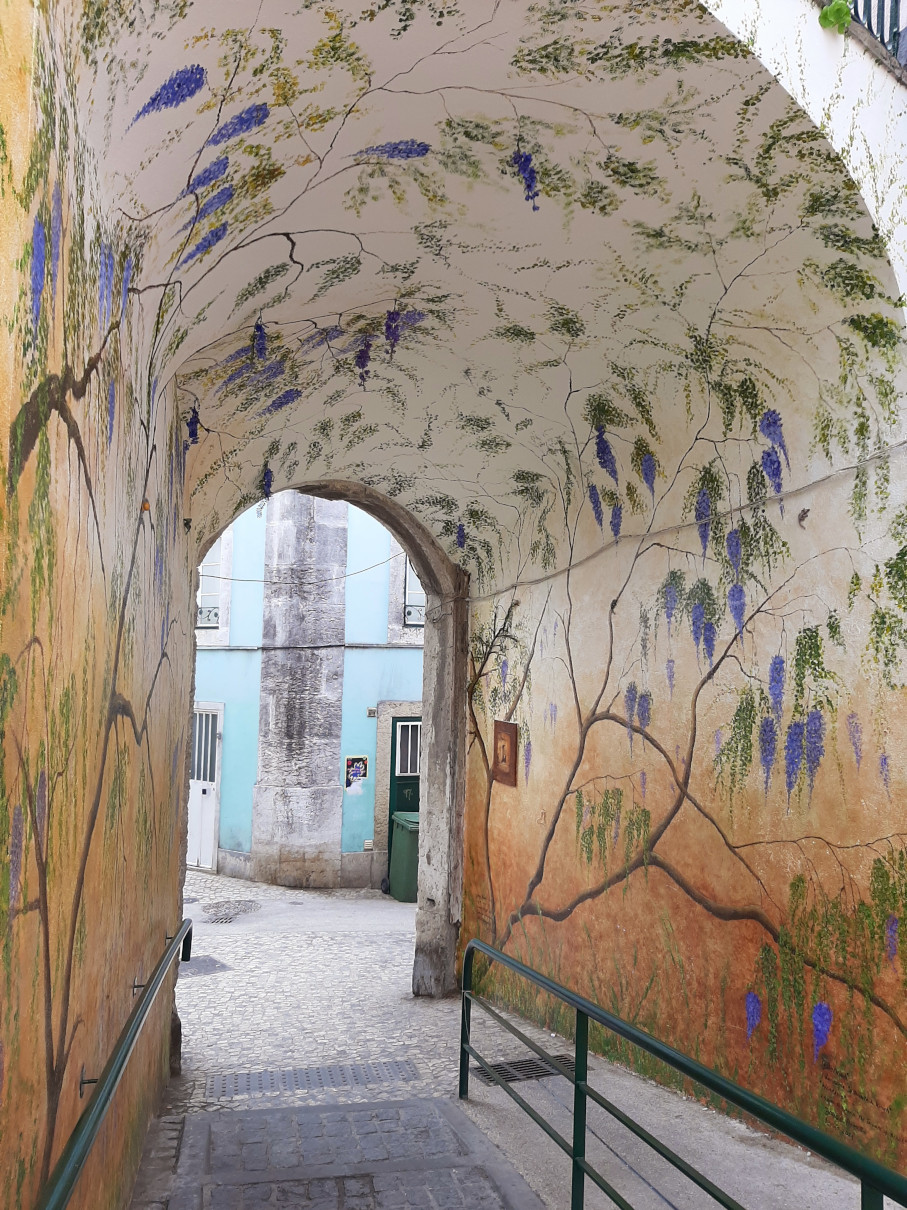
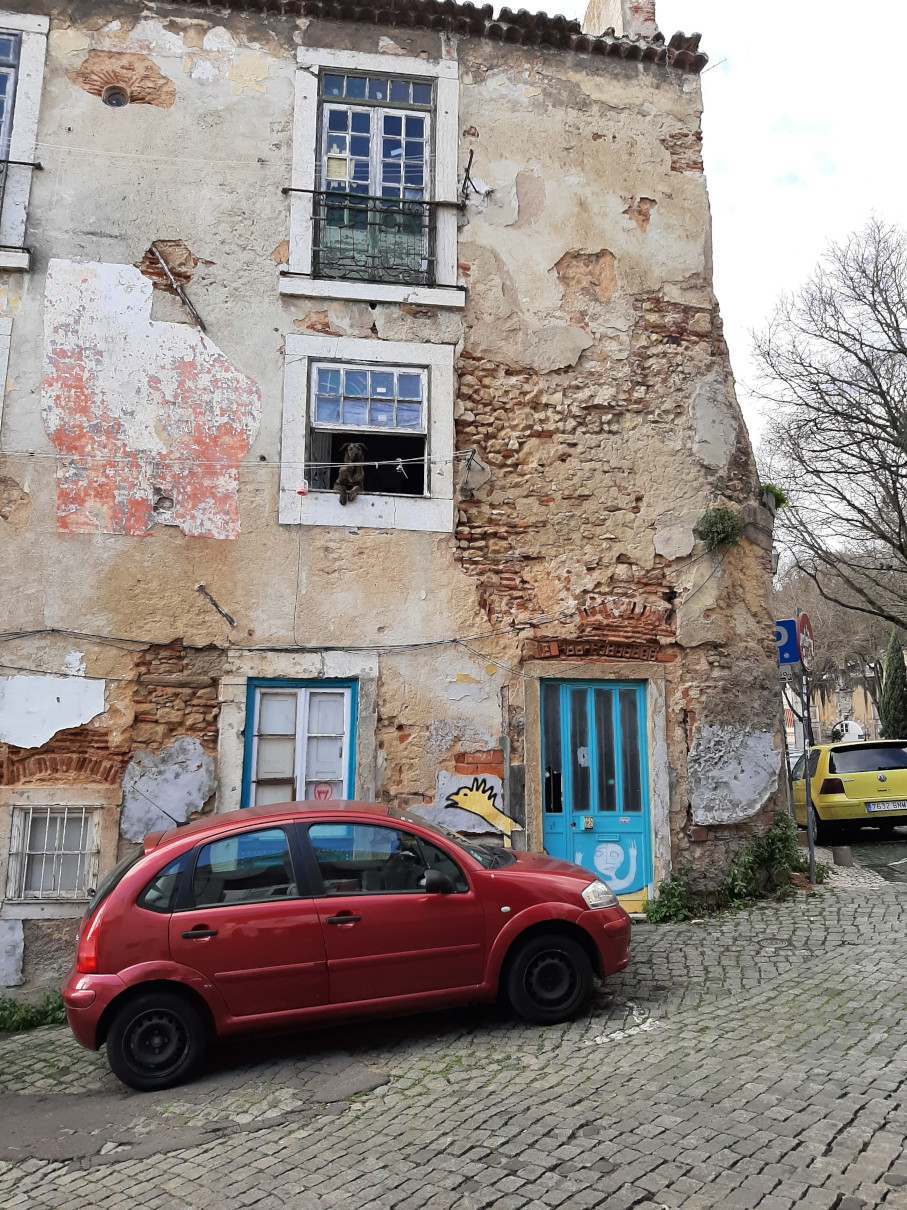
Alfama is another interesting neighborhood full of narrow streets, stretching just below the castle and featuring a few viewpoints: Miradouro de Santa Luzia and Miradouro das Portas do Sol. Get lost in the maze of narrow and beautiful streets and try cherry ginja and “salami” (a kind of cookie) at one of the old bakeries. There are plenty of typical shops, cafes, bars, and restaurants to explore. Additionally, Alfama is one of the places in Lisbon where you can experience fado shows. We saw offers for evening shows in front of small, typical restaurants.
This part of the city was the only district to survive the great earthquake of 1755 and subsequent fires. The epicenter was in the middle of the Atlantic Ocean, and shortly afterwards, the biggest tsunami hit Lisbon. Almost all buildings in the city collapsed, were flooded by the water, or burned in the fires. However, Alfama remained in good condition because of solid stone structures and location, high enough, to avoid the tsunami.
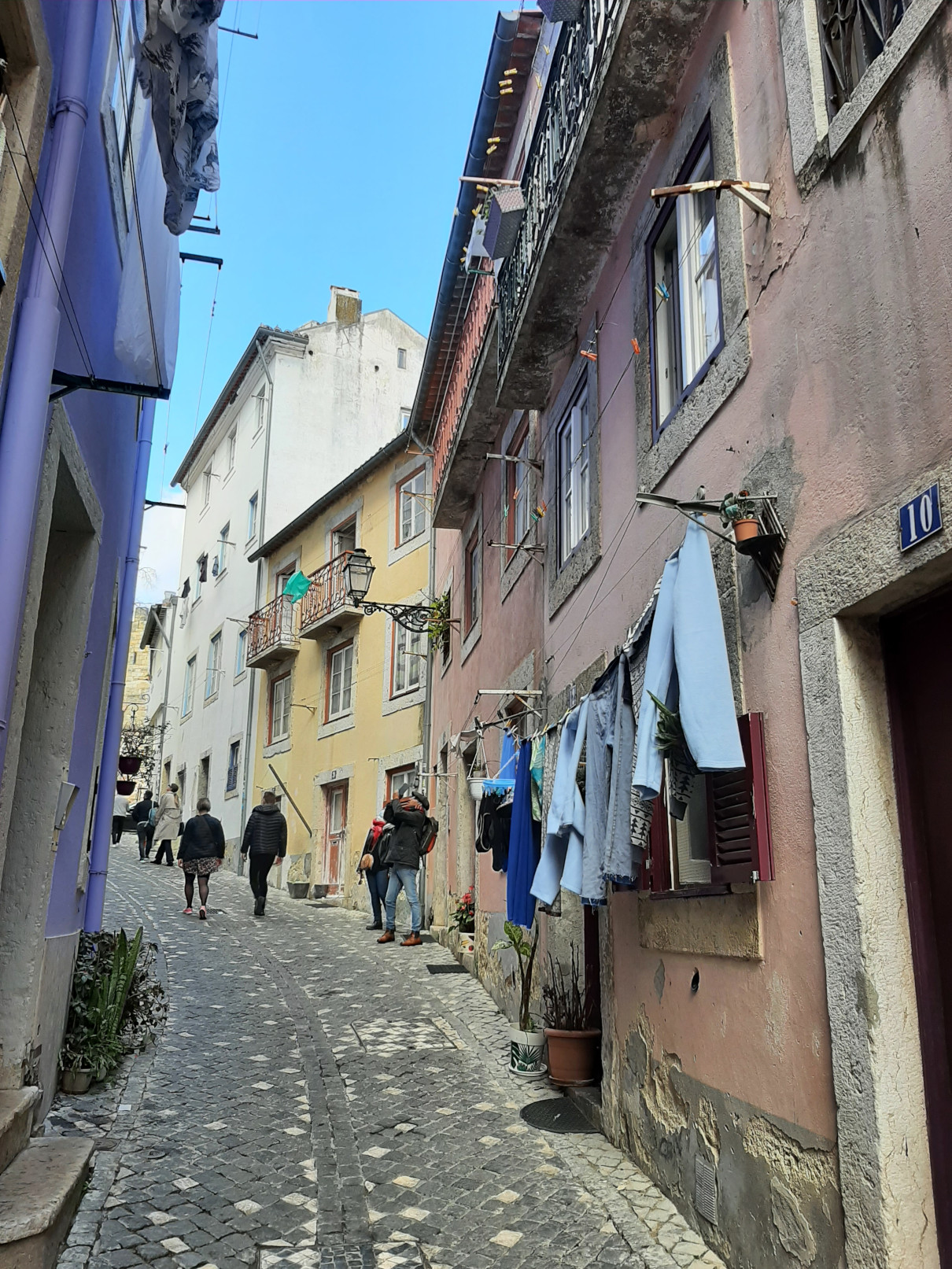
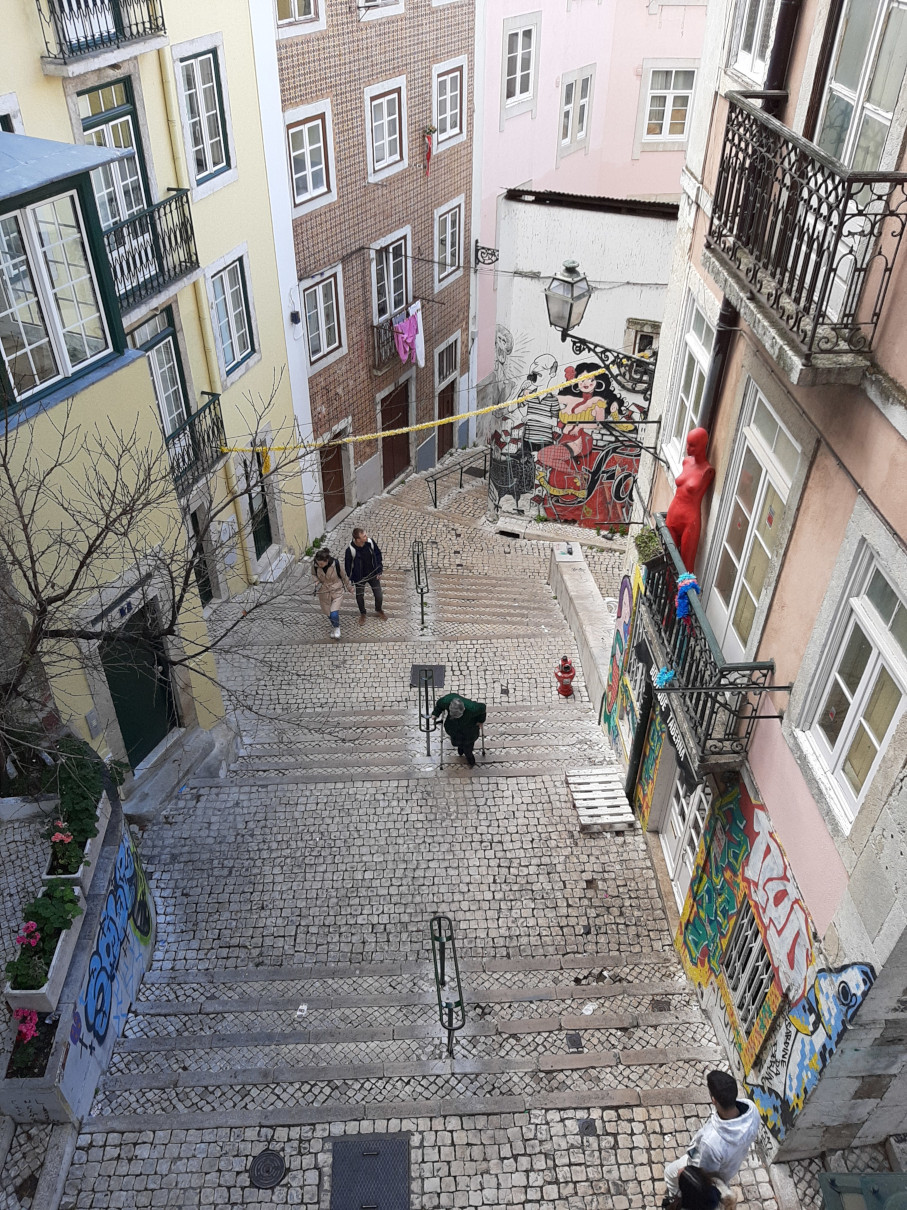
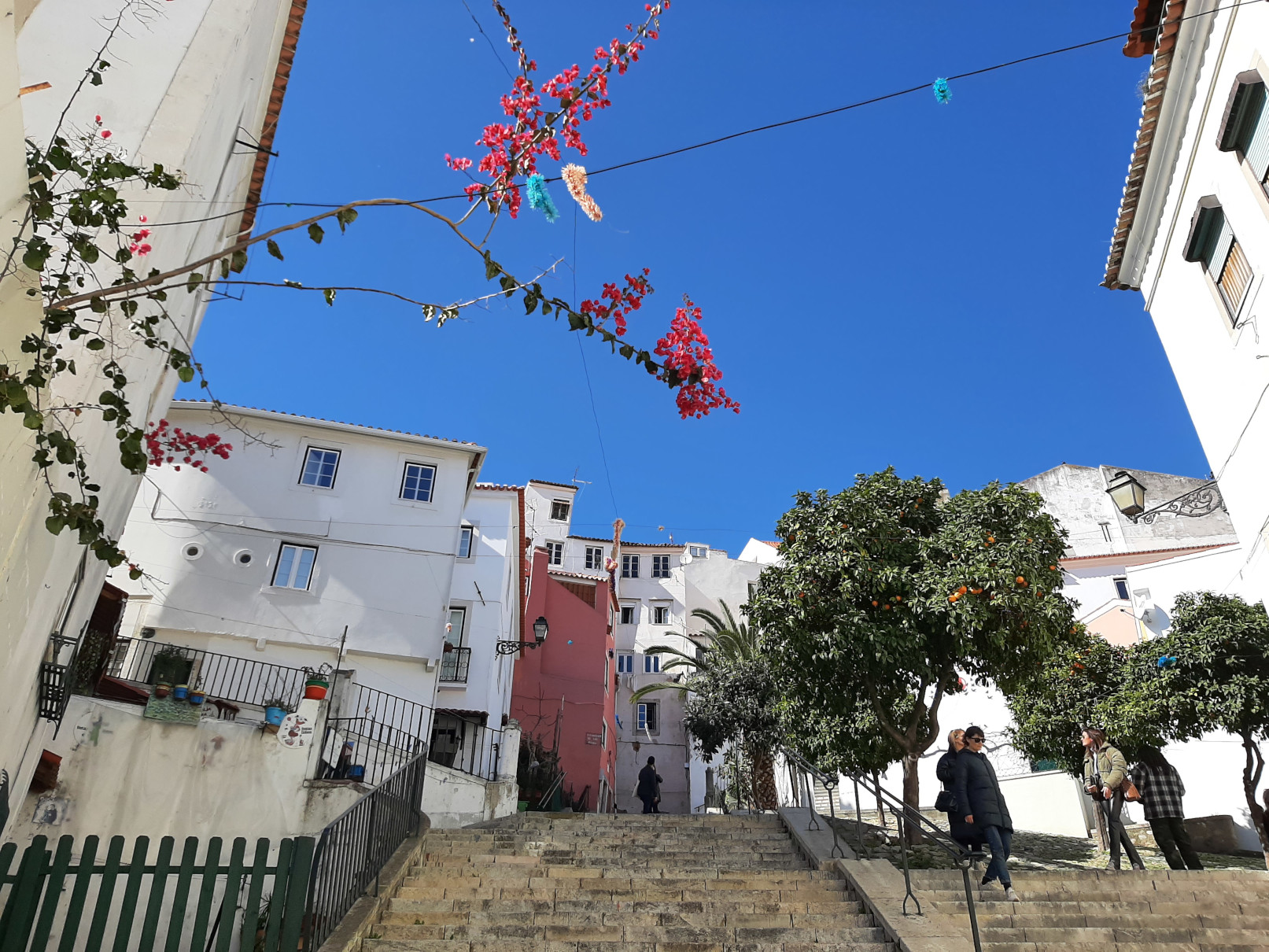
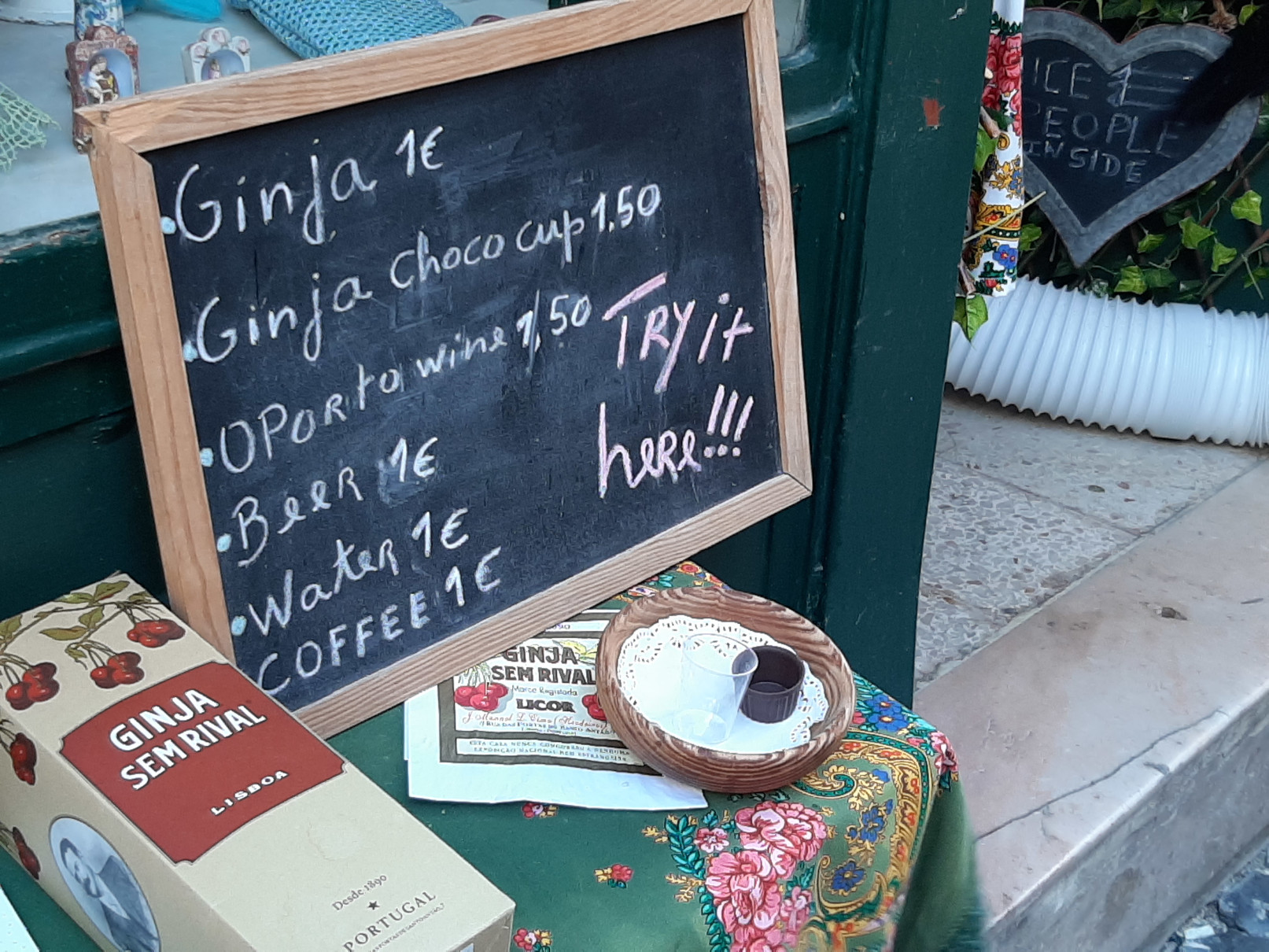
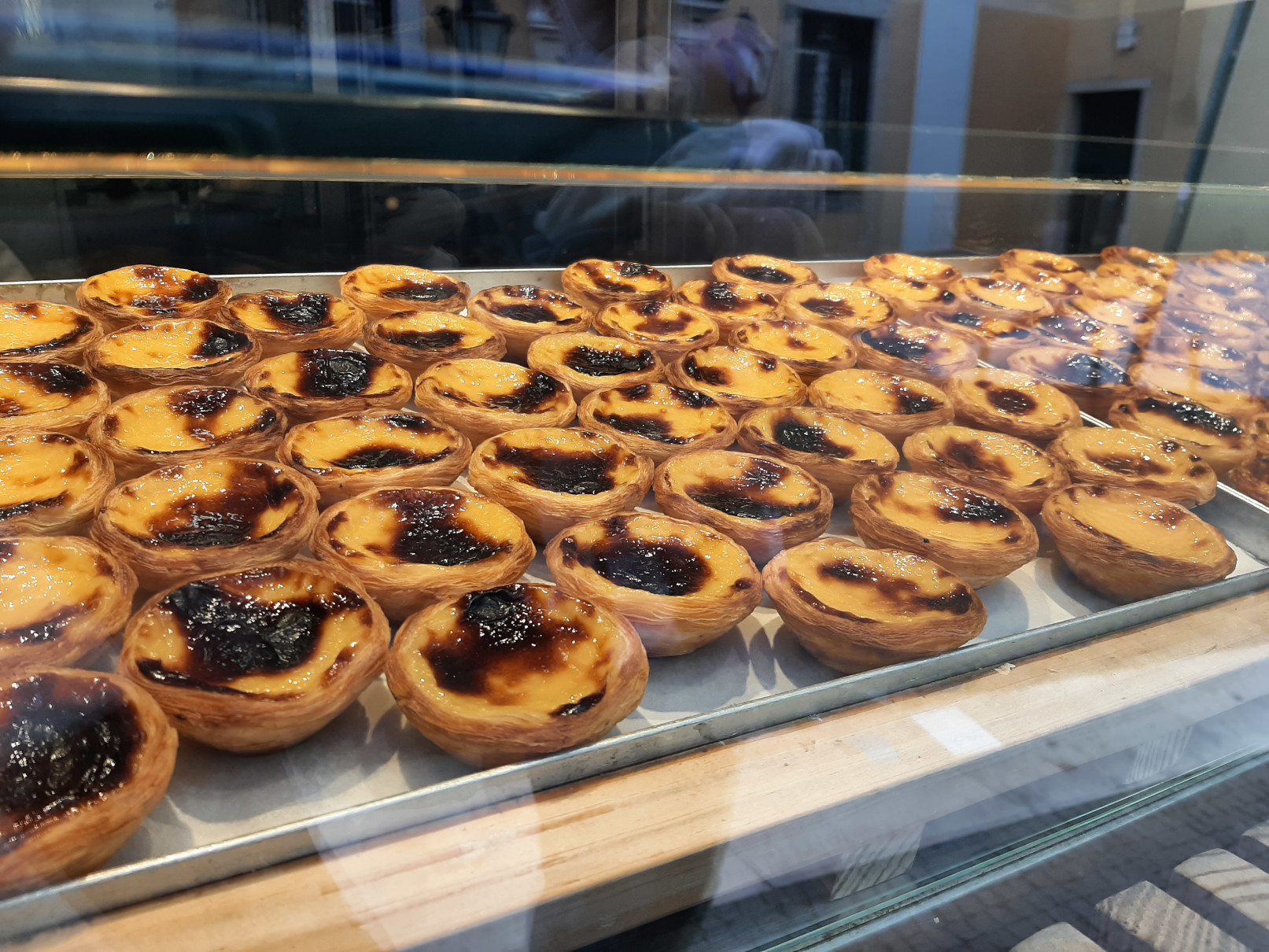

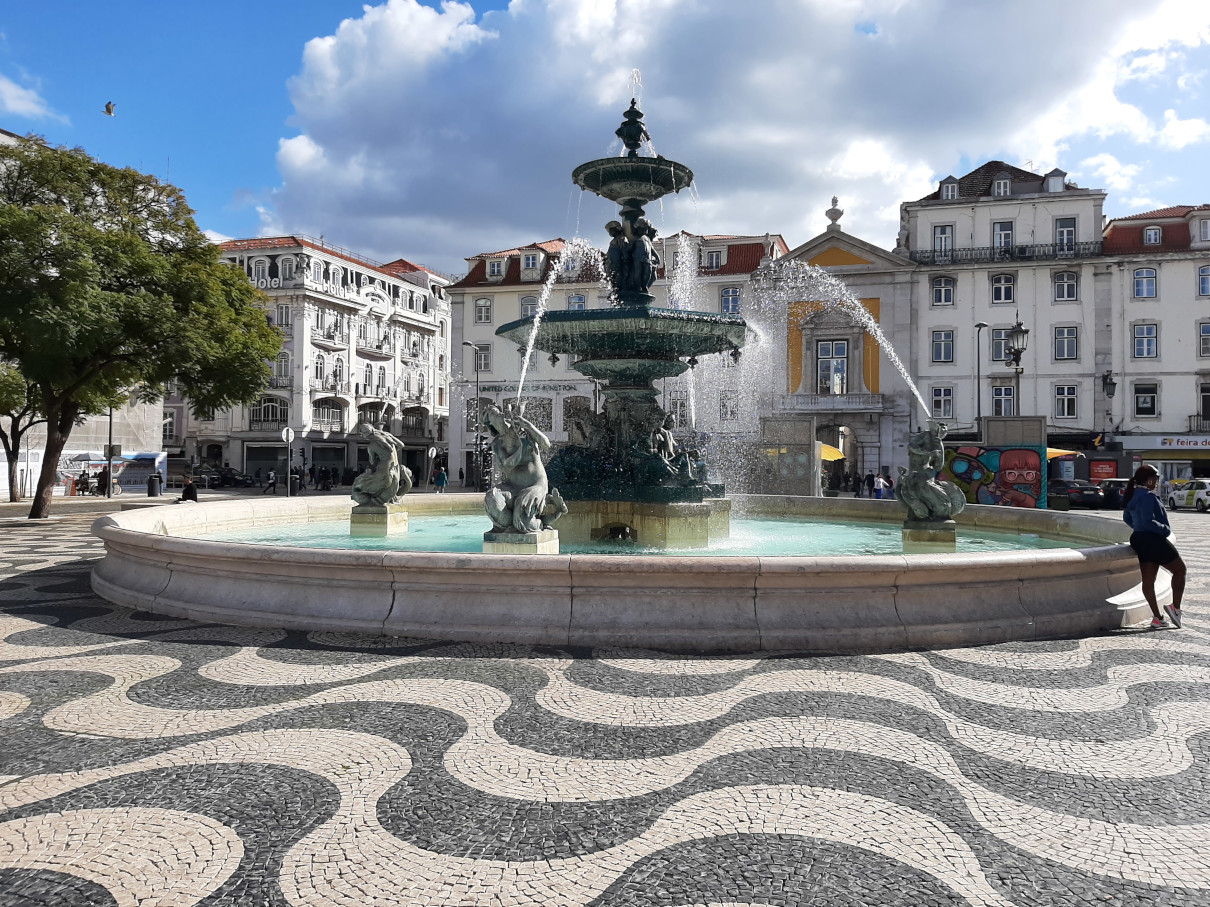
Our apartment was less than a 15-minute walk from the famous São Jorge Castle. There were many peacocks living in the castle grounds, perched on trees and strolling among the visitors, proudly displaying their impressive tail feathers. The shaded gardens surrounding the castle’s defensive walls were a great place to seek refuge from the strong midday sun. From the terrace along the ramparts, there was a stunning view of central Lisbon and the Tagus River.
Inside the castle, there was a small exhibition showcasing items found within its walls. The streets surrounding the castle were incredibly charming. We arrived quite early, around 10 am, and the queue was already growing long. However, we were able to use the family line, which was nearly empty, and it worked wonderfully throughout Lisbon. If you want to avoid waiting in line to purchase tickets at the ticket office, I recommend buying them online in advance!
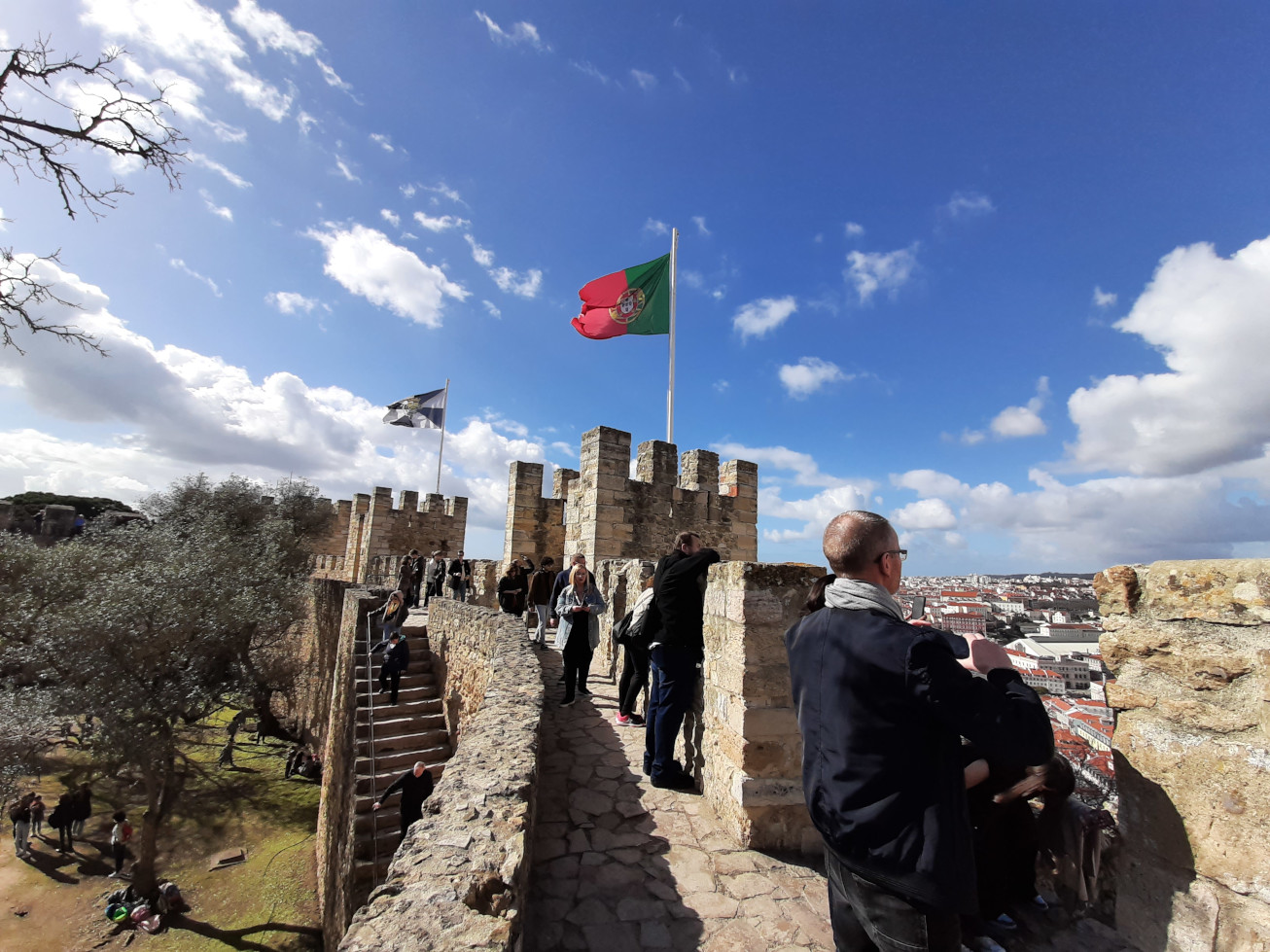
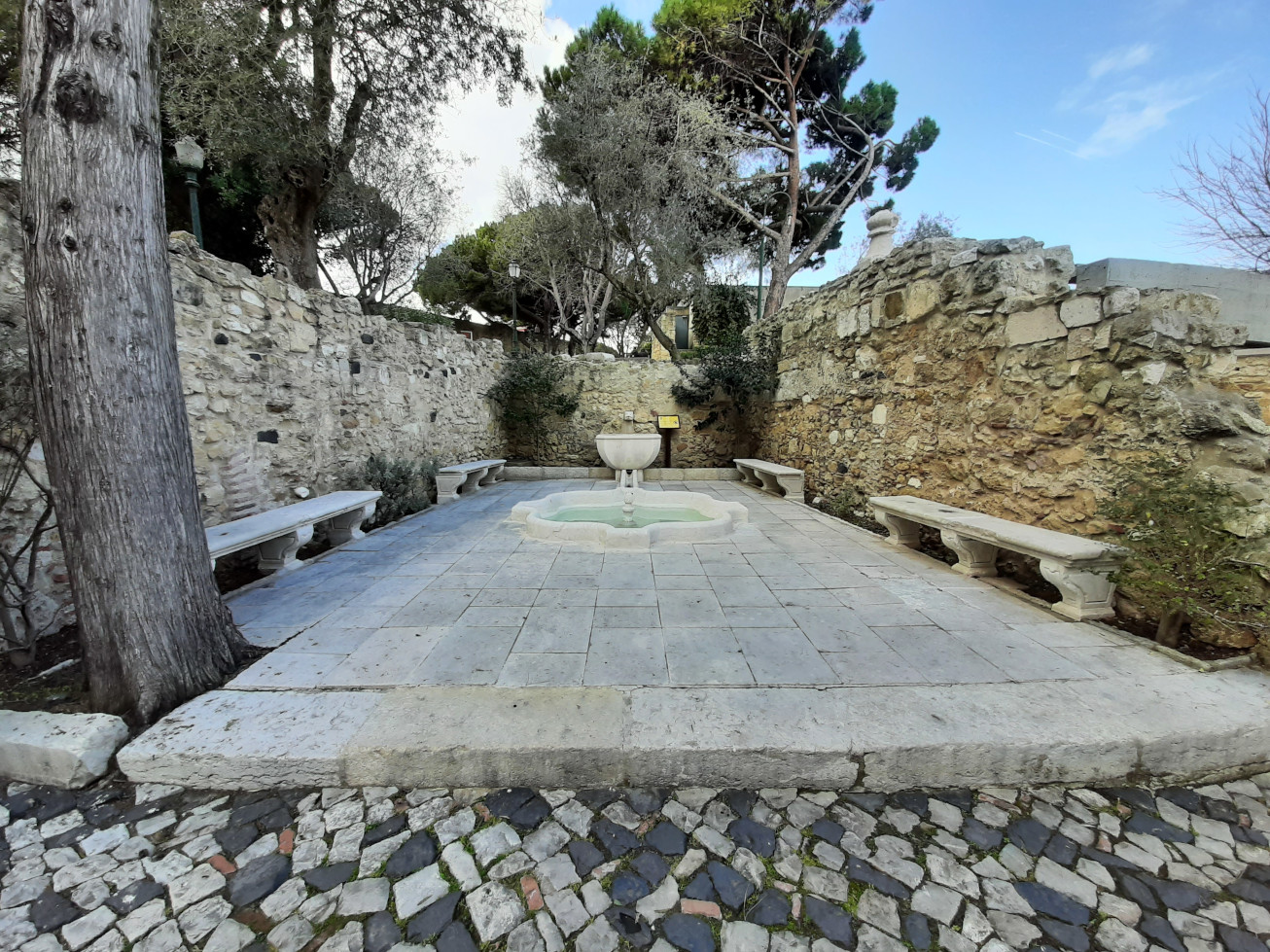
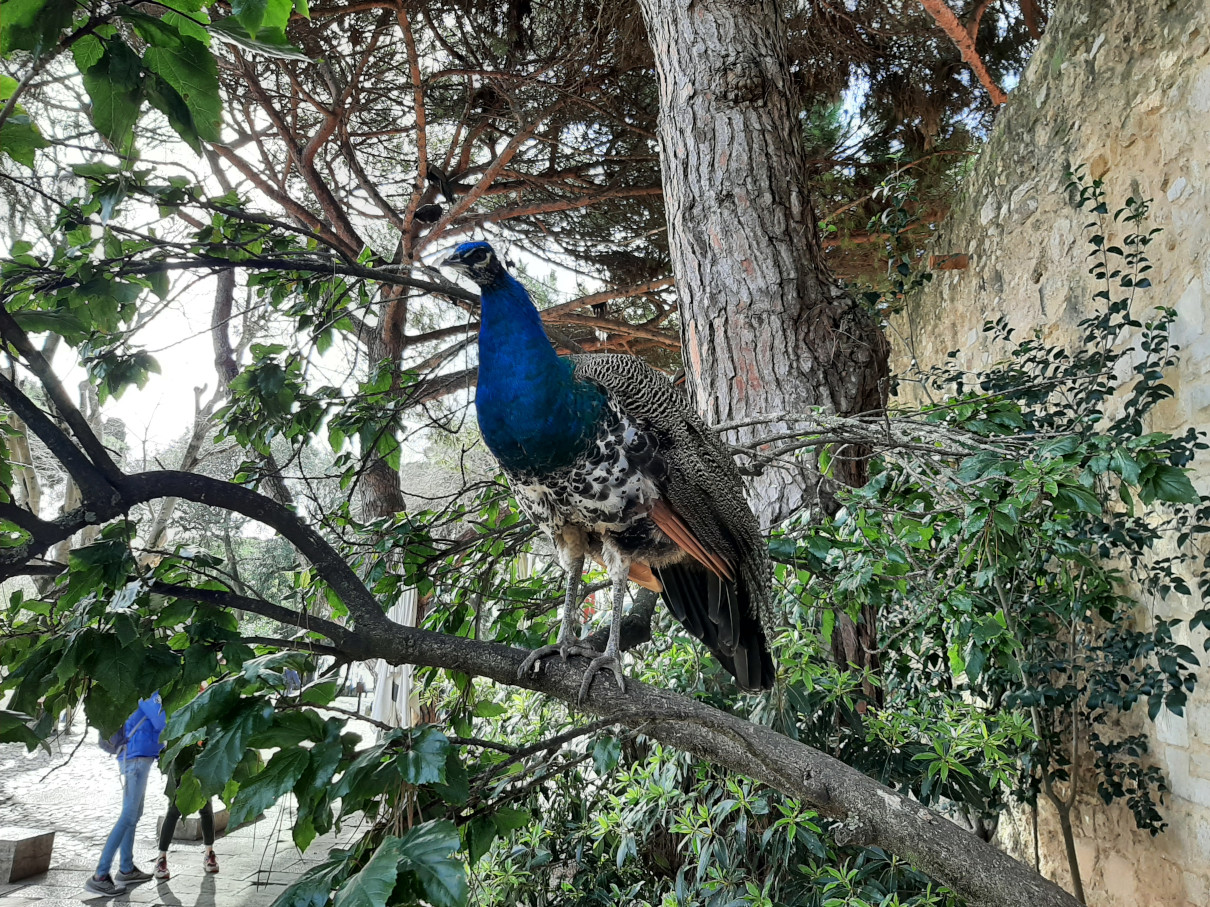
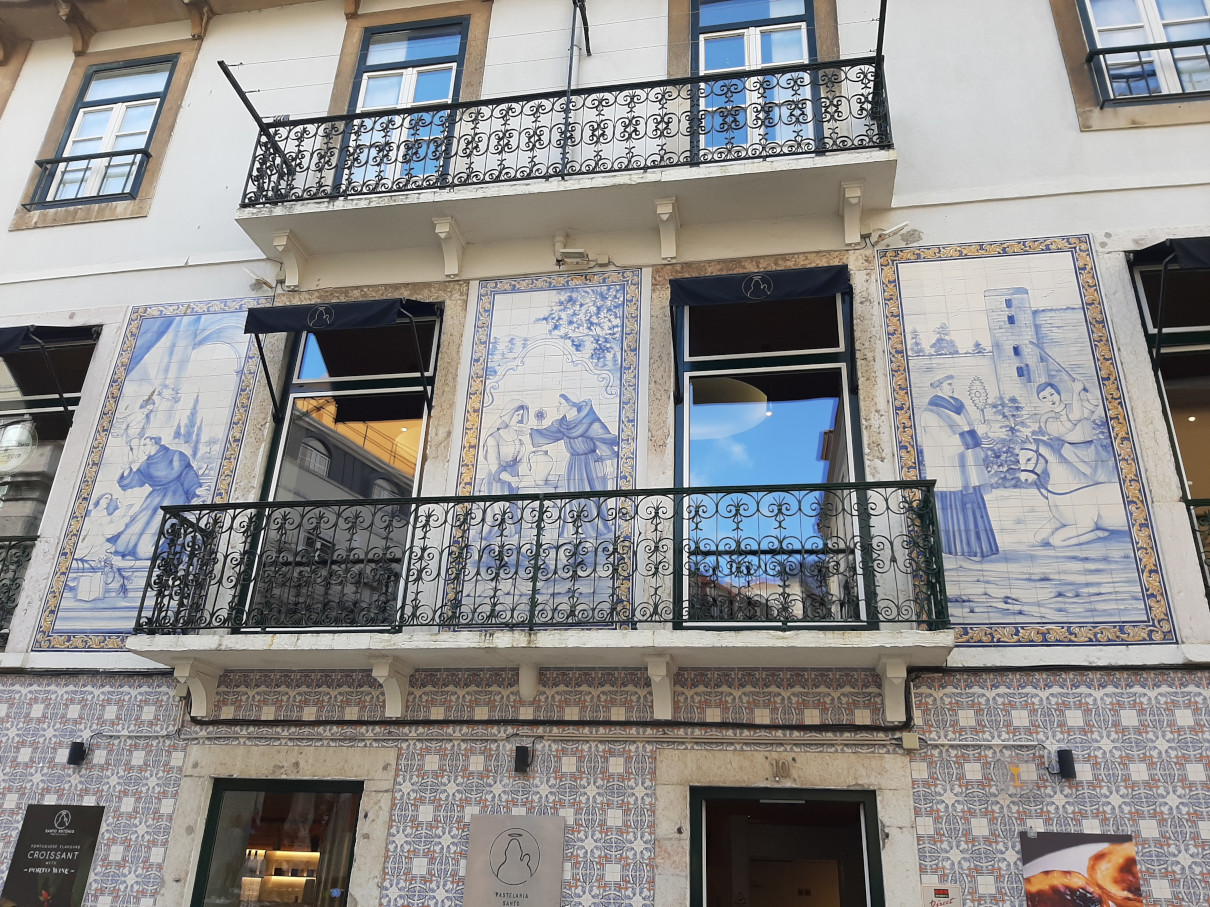
We saved the Jerónimos Monastery and Belém Tower, two of the most visited sites in Lisbon, for the last day of our stay. First, we had to go and queue at the ticket office, and then, with our ticket, proceed to the entrance of the monastery. It was confusing because it wasn’t the same entrance. There was also another line to enter the Church of Santa Maria de Belém, but fortunately, this queue moved quite fast. The entrance to the church is free, and it’s worth stopping by. Inside, you can see a few tombs, including that of Vasco da Gama, the first European to reach India by sea.
Afterwards, we finally made our way to the monastery, and once again, we didn’t have to wait long thanks to the family queue. However, we were somewhat disappointed when, after about 30-40 minutes, we realized that there wasn’t much else to see. Aside from the famous inner courtyard of the monastery, there weren’t many exhibits explaining the history of the place. The main attraction was simply walking through the upstairs and downstairs corridors and admiring the architecture.
Don’t forget to queue again for the famous pastéis at the legendary Pastéis de Belém down the road. Though these are the original pastéis, we did have better ones from a small local bakery in Lisbon centre. There is a small park nearby where you can take a rest on a bench in the shade of the trees. We also took a walk to see the Belém Tower, but unfortunately, it was closed for renovation. However, we had a delightful lunch at the nearby restaurant, Adega de Belém, which was the perfect way to end our day.
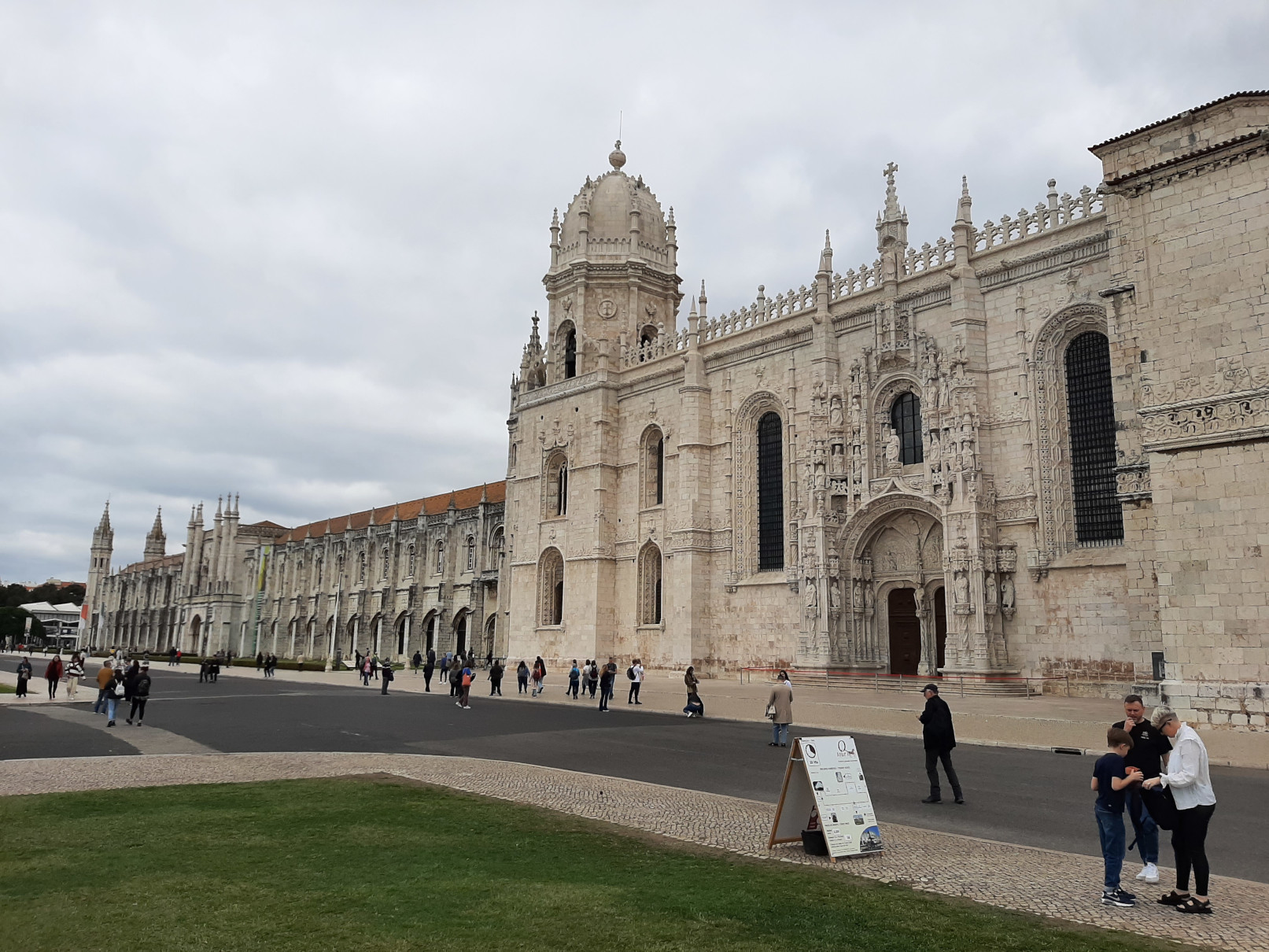
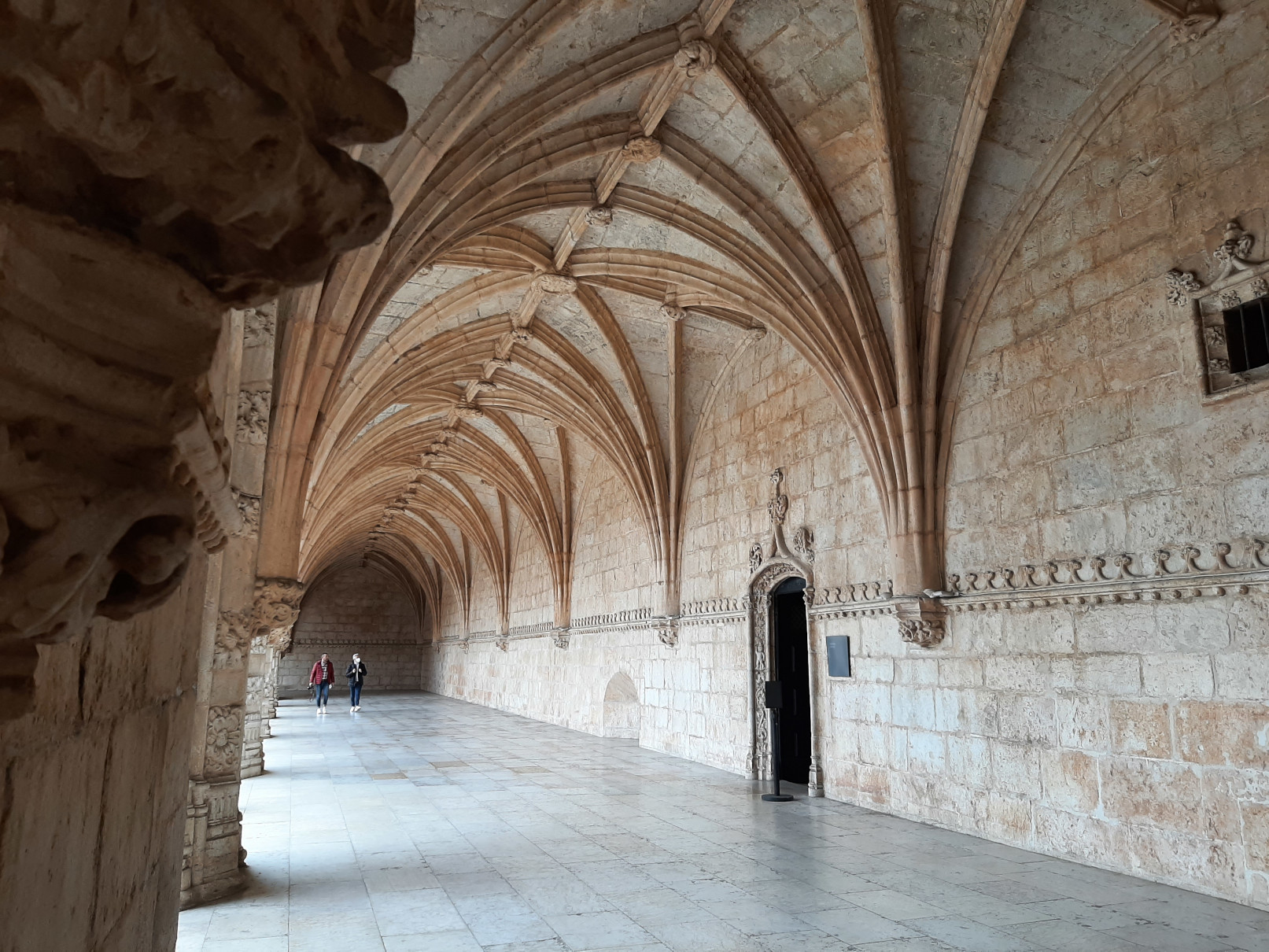
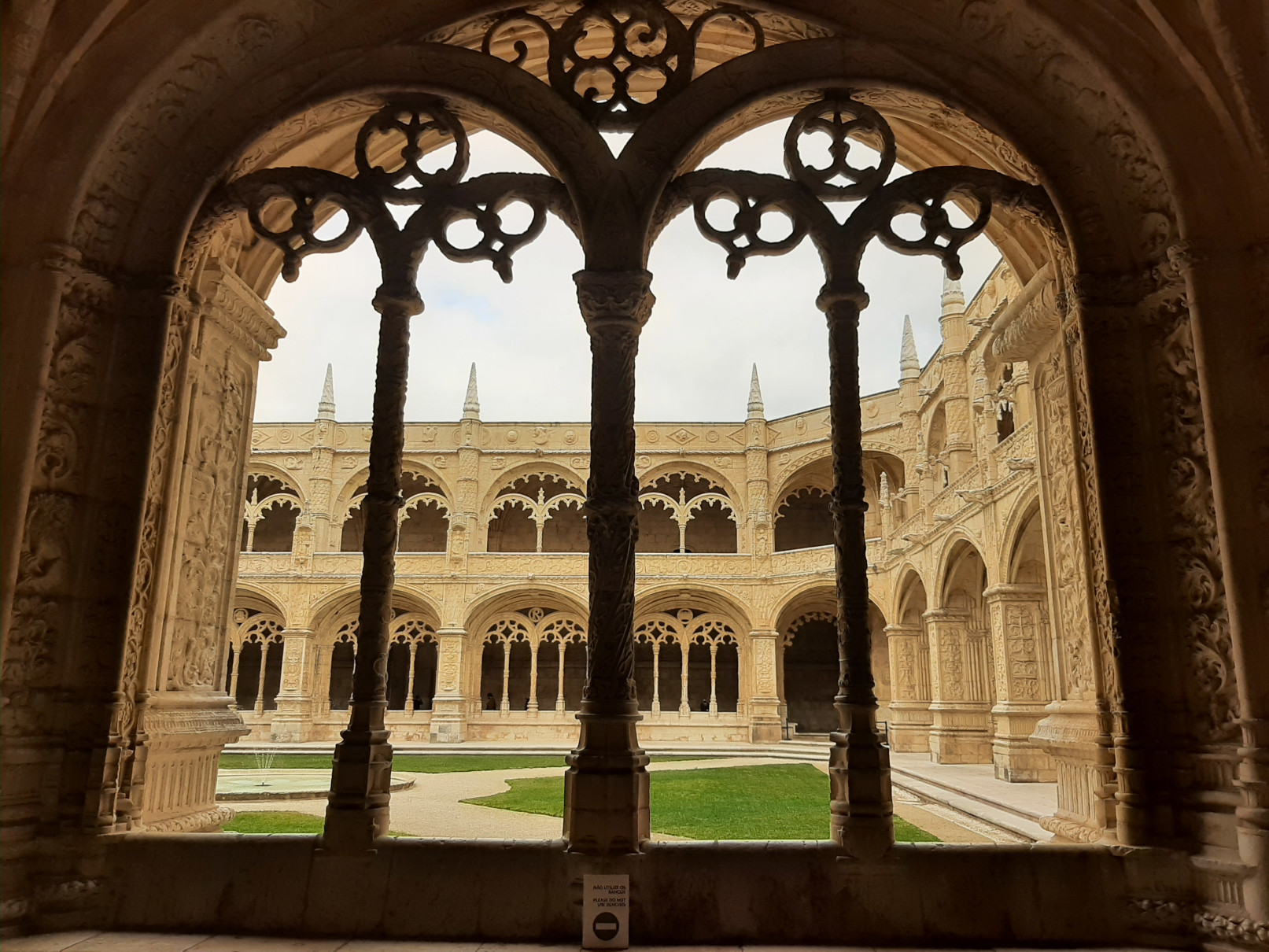
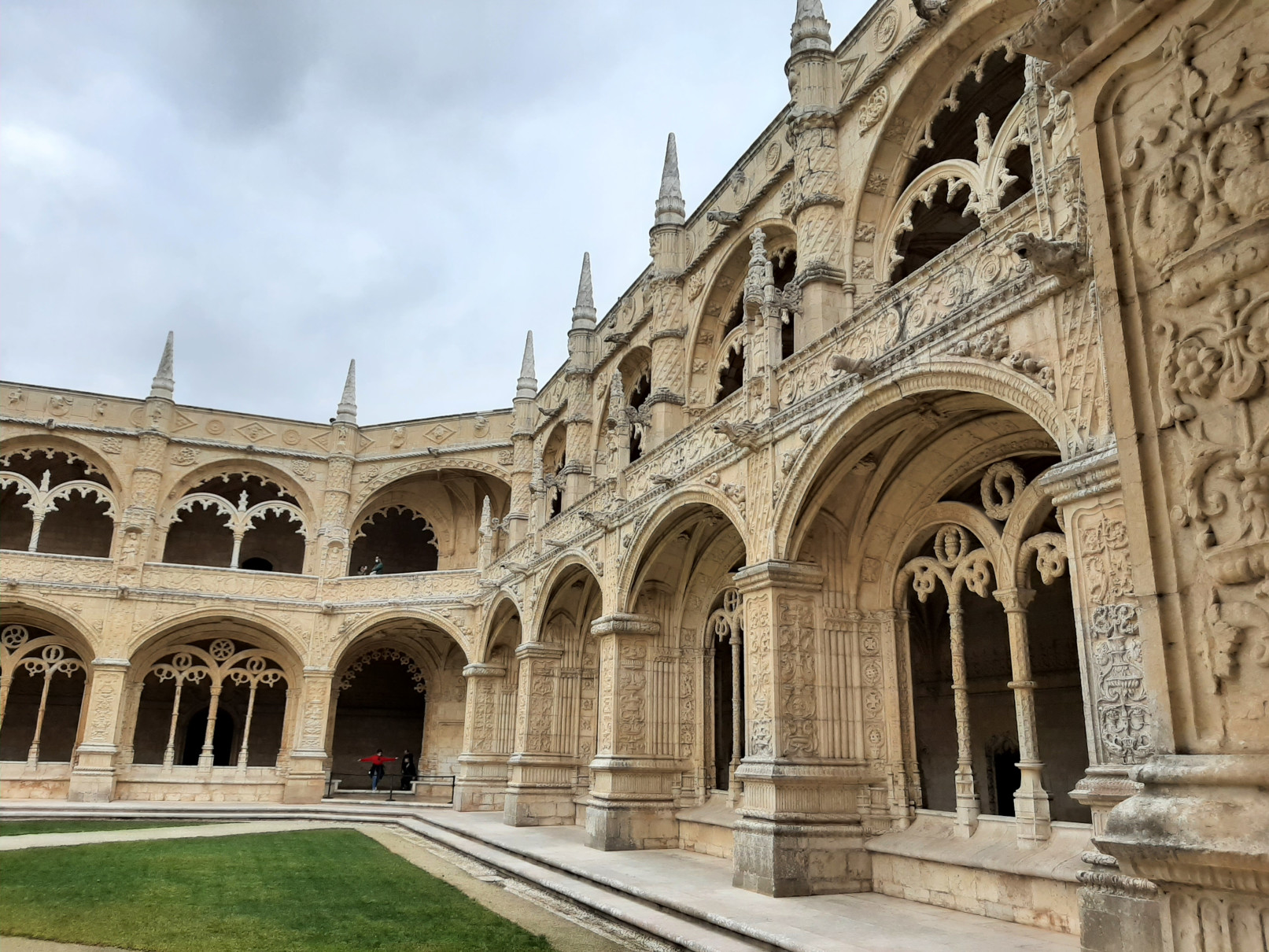
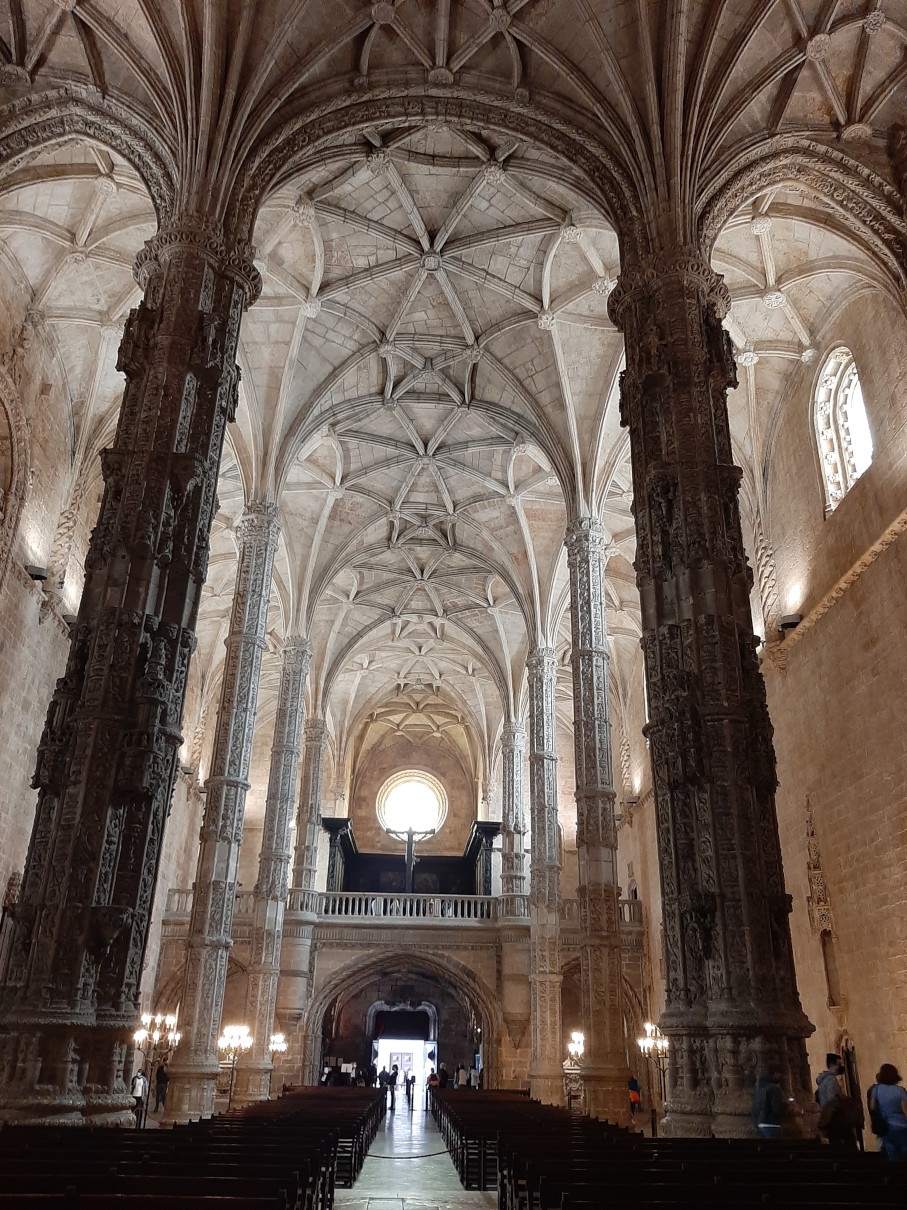
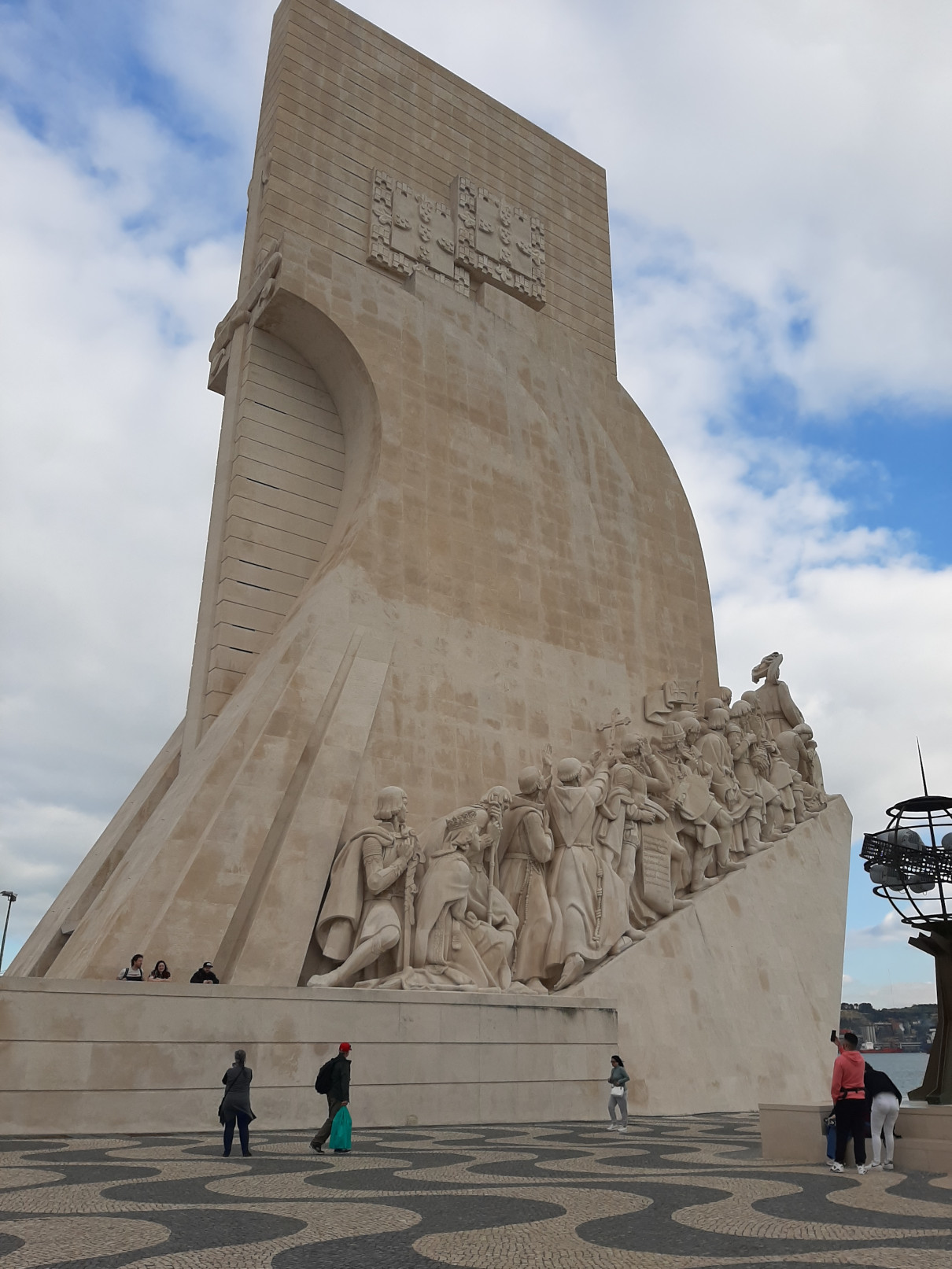
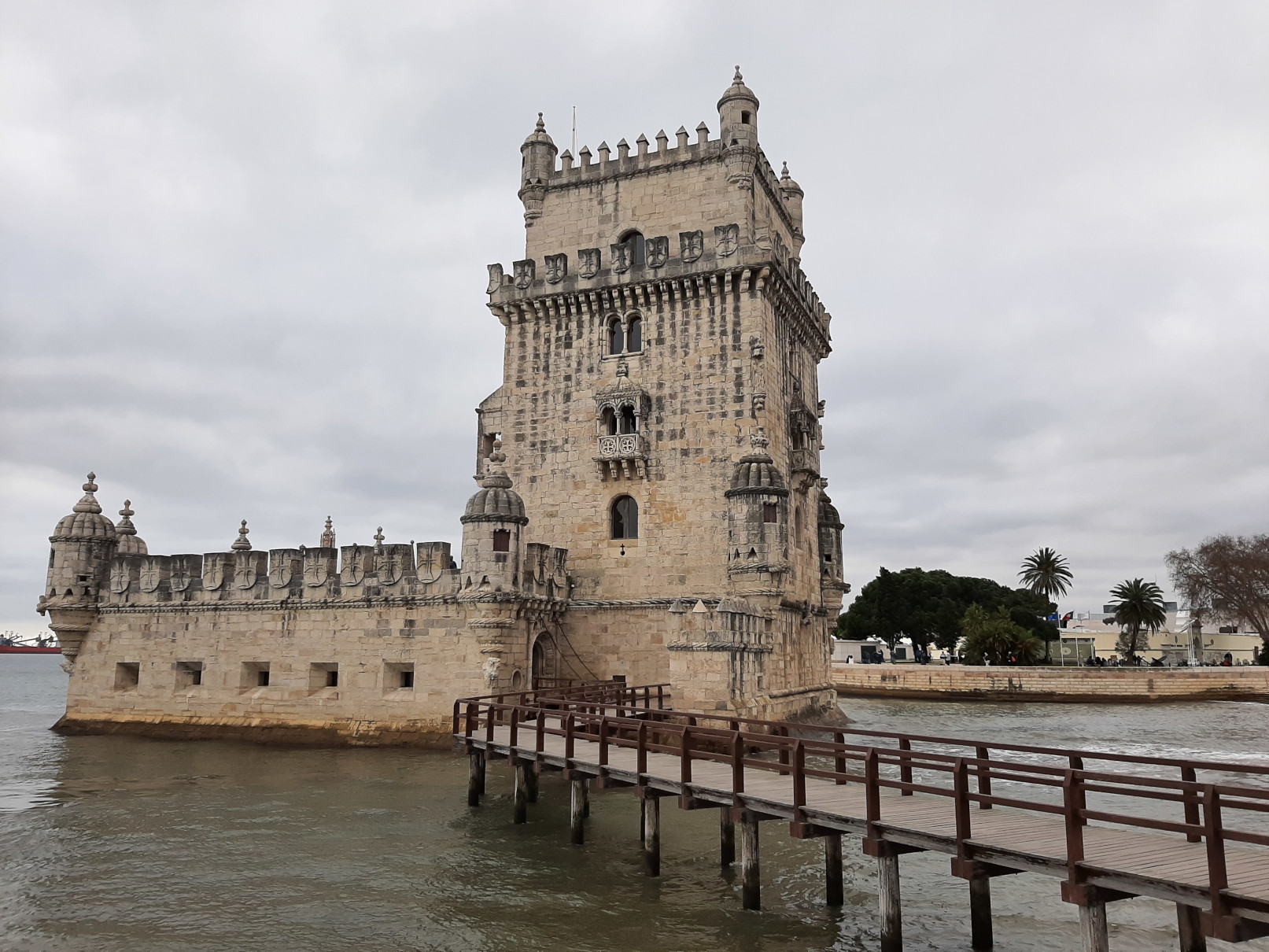
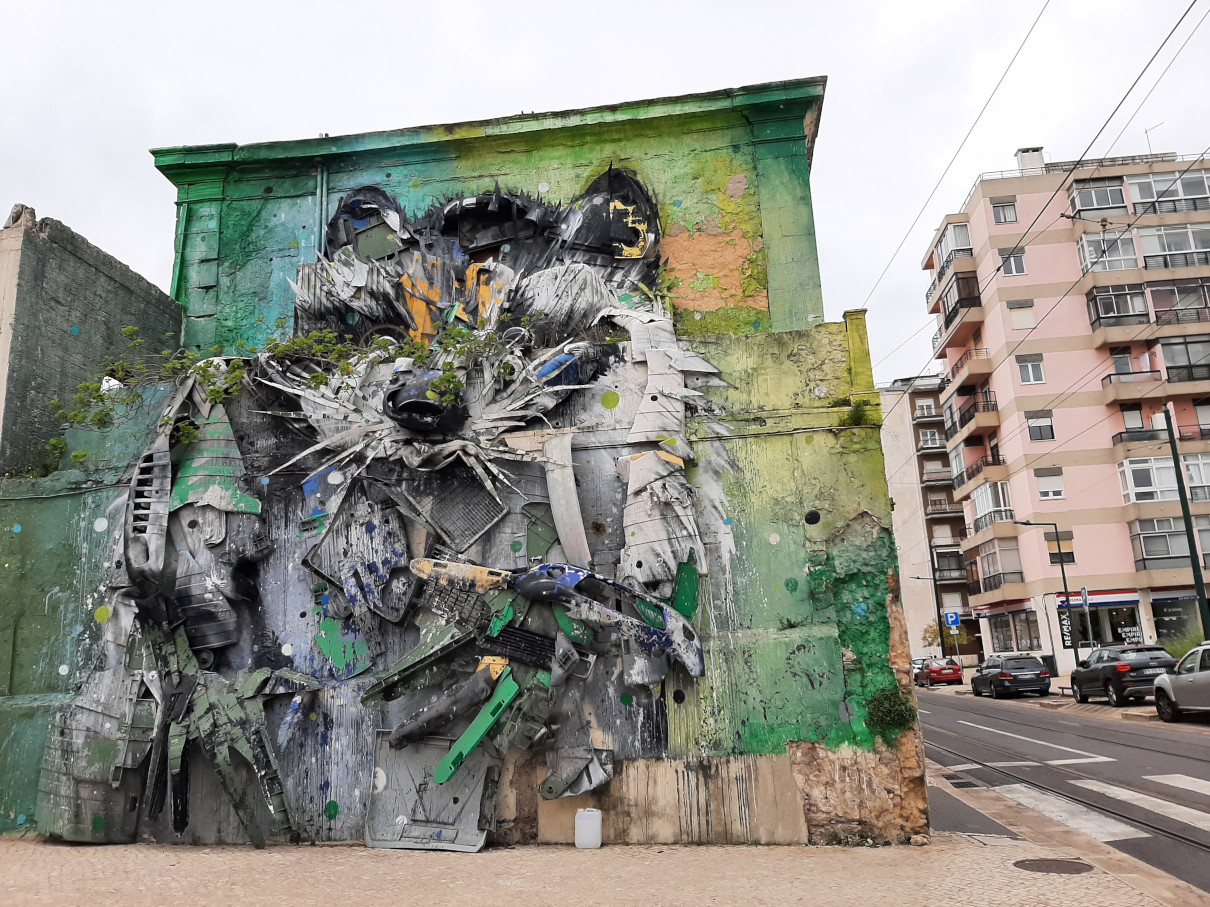
View from view point Miradouro de São Pedro de Alcântara, above Rossion station from where trains to Sintra leave.
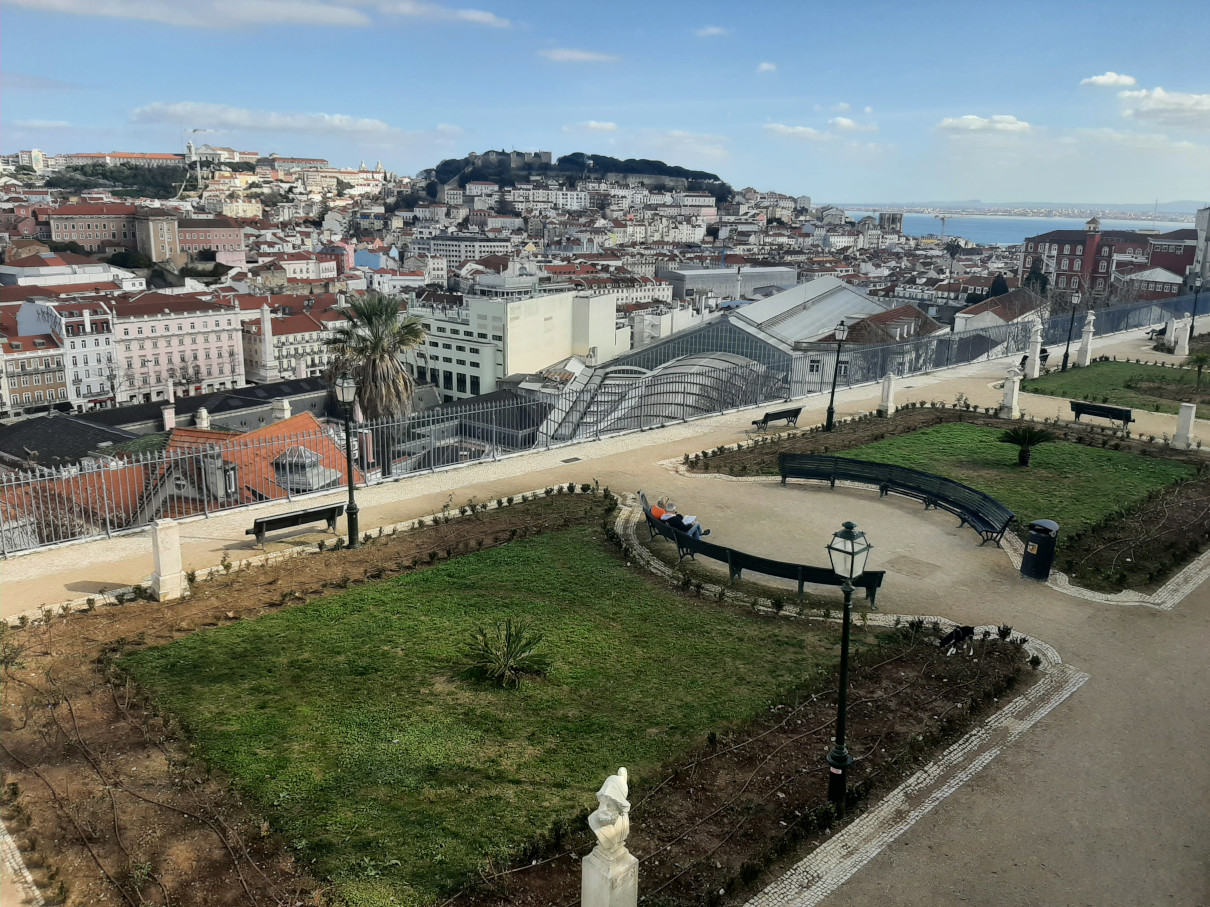
Practical info:
-
The airport has a perfect connection with the city via the metro. We purchased a rechargeable card called the Viva Viagem Card, which we used for both of us on the metro, tram, and train. The cost of this card is 0.50 euro. The train fare to Cascais/Sintra/Estoril is only 1.90 euro per person for a one-way trip. A single metro ride costs 1.35 euro. The tram fare to Belem was around 1.50 euro, but if you buy the ticket from the machine on the tram itself, it will be 3 euro. It’s definitely very convenient to have this card. It’s important to have an idea of the prices for each ride and your destination because you cannot get a refund for any remaining balance on the card. Each time you scan the card, you can see how much money is left on it. This is how we kept track of the fare for each ride and then recharged the card with additional funds. You can also use this card for the ferry, with prices ranging from 1 to 2 euro.
-
We made a mistake by staying in the city center due to the noise that persisted until late evening hours. There were instances when glass was being discarded after midnight, likely when restaurants were closing. We could hear every step and conversation from the apartment above. Our initial plan was to stay in the city center so that we could easily return to the apartment in the middle of the day for our baby to nap in the crib. However, our baby ended up napping in our soft-structured carrier (BabyBjorn, model Baby Carrier One). When you primarily use a baby carrier, we highly recommend having a good changing mat, preferably waterproof. This way, you can use it on the grass for tummy time and allow your baby to stretch properly.
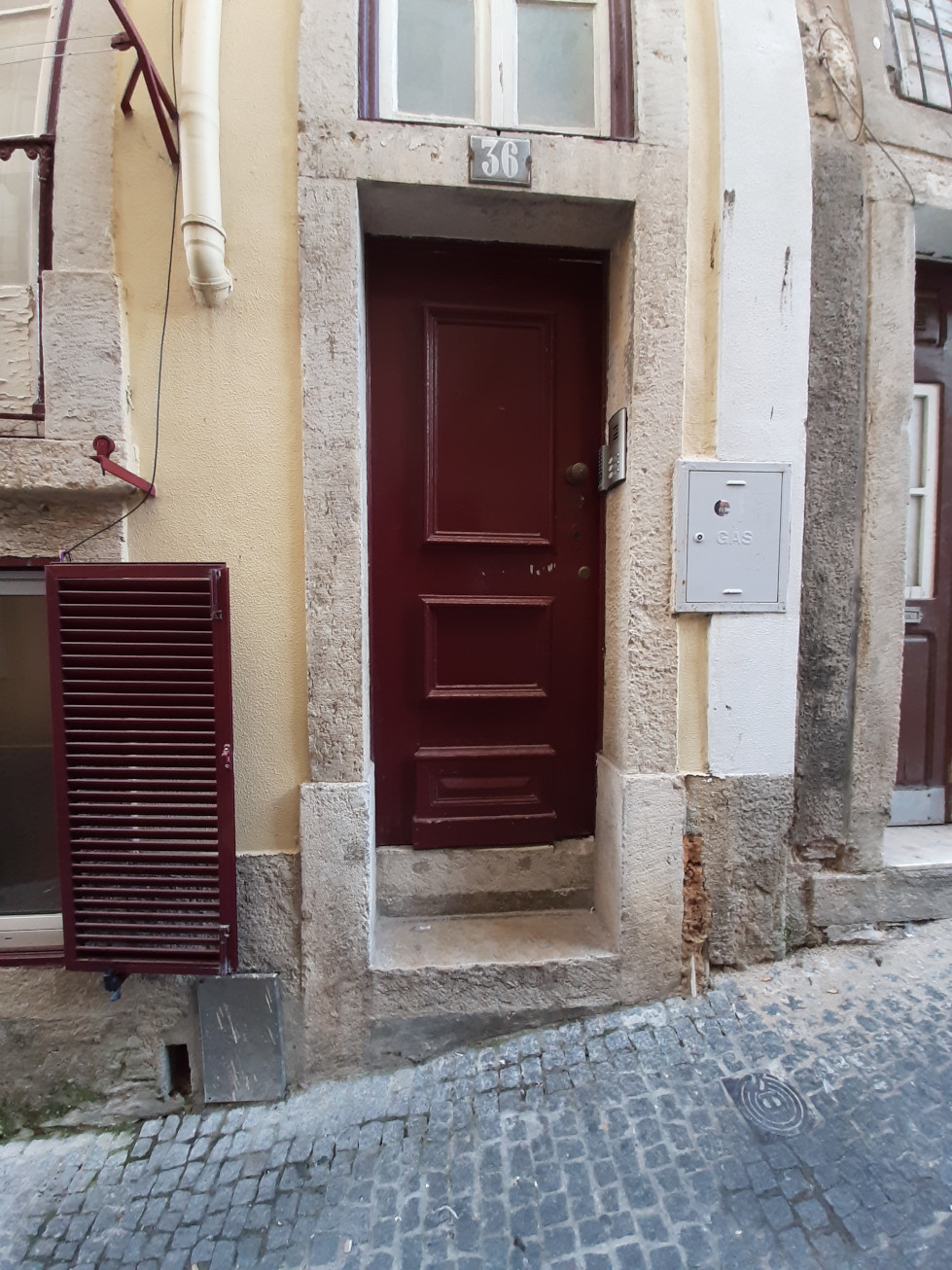
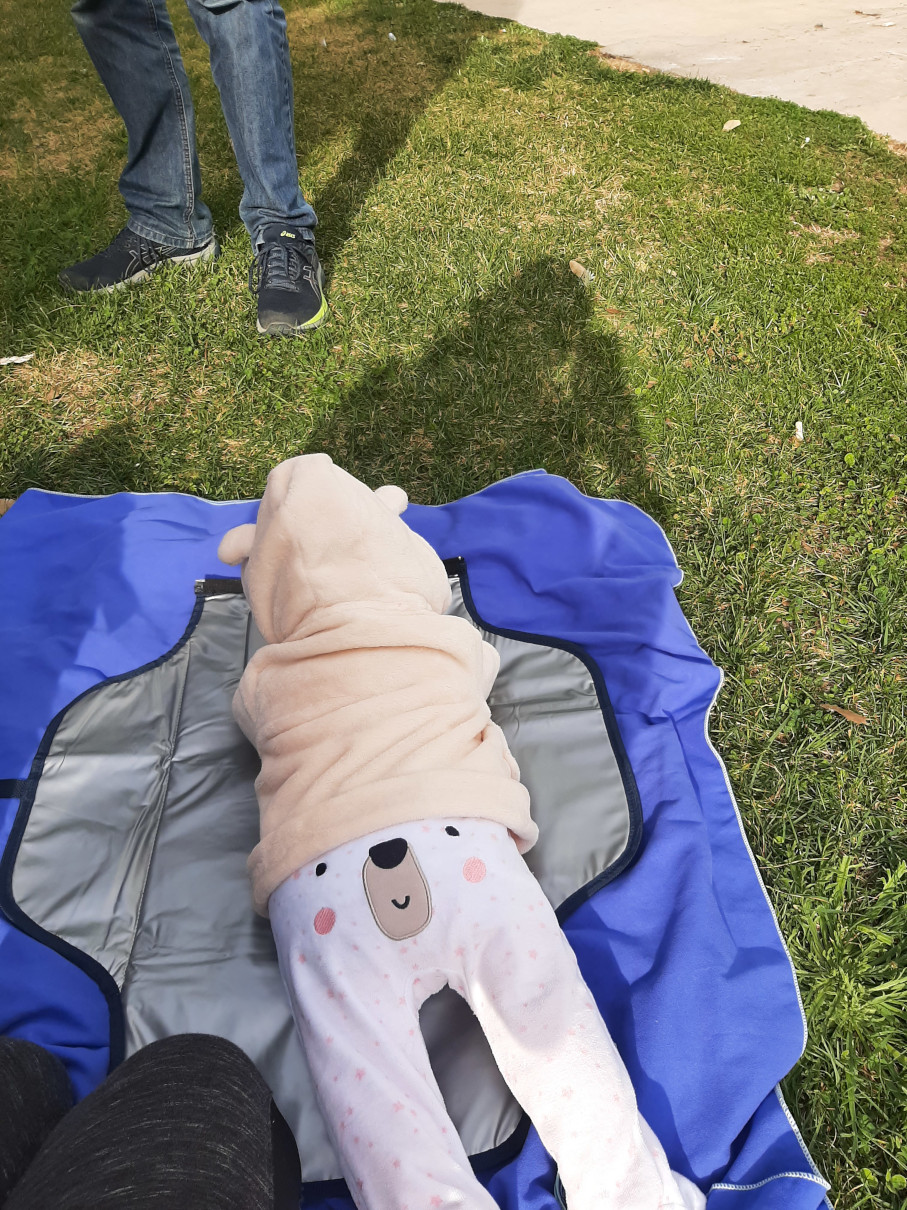
- People in Lisbon were very friendly, both in the restaurants and shops. We were pleased to find special lines for people with kids, which meant we didn’t have to wait at the entrance of any tourist attractions. However, it was almost impossible to find a restaurant with a baby changing station in the restroom. Furthermore, the restroom facilities were often small and cramped, making it challenging to change the little one’s diaper. Due to limited space in the city center, the restaurants had tables quite close to each other so sitting inside with the pram was almost impossible.
Subscribe via RSS
